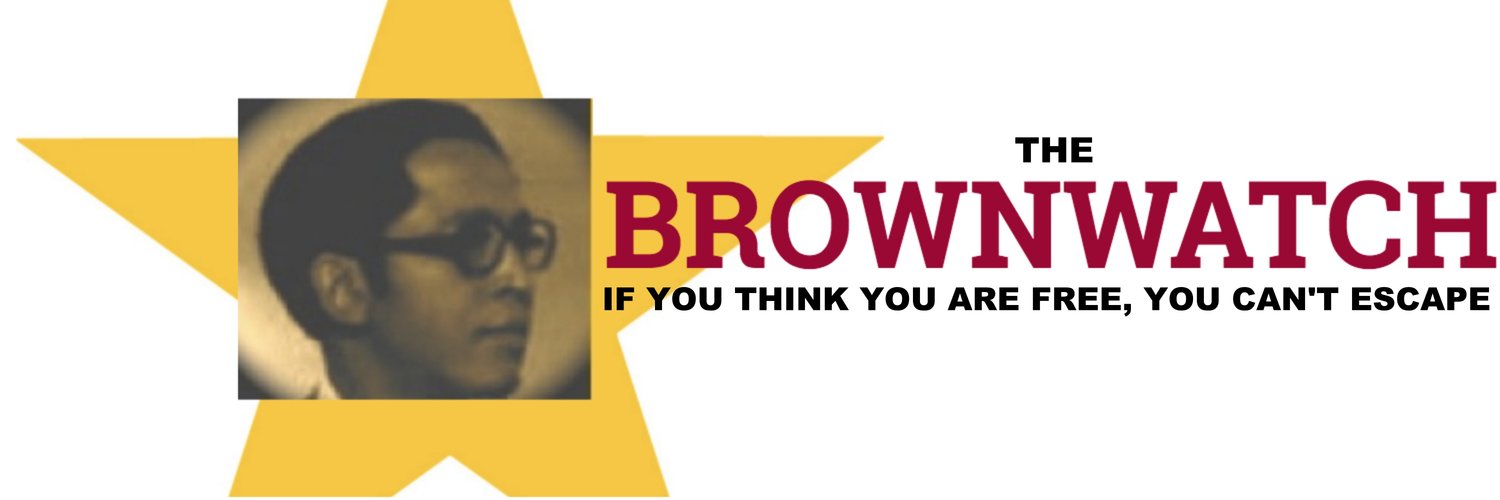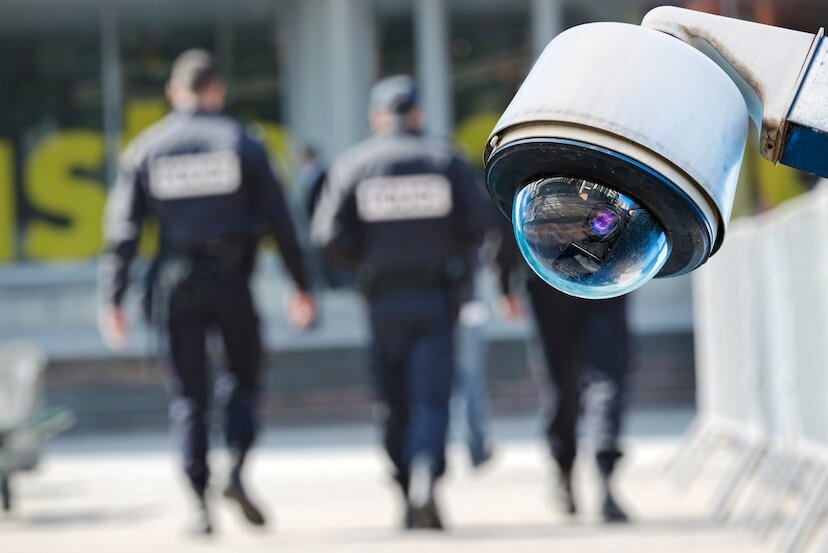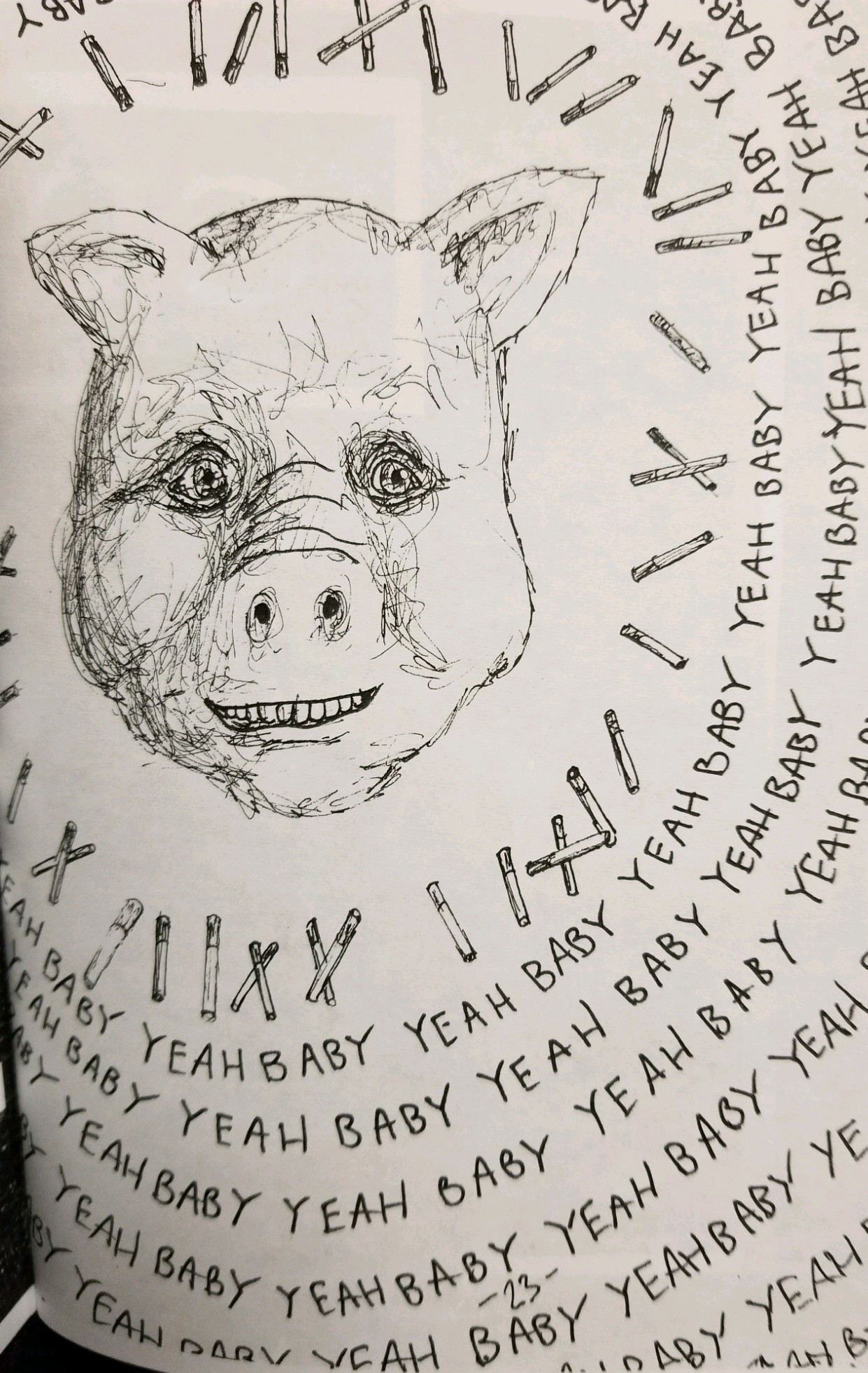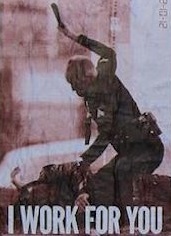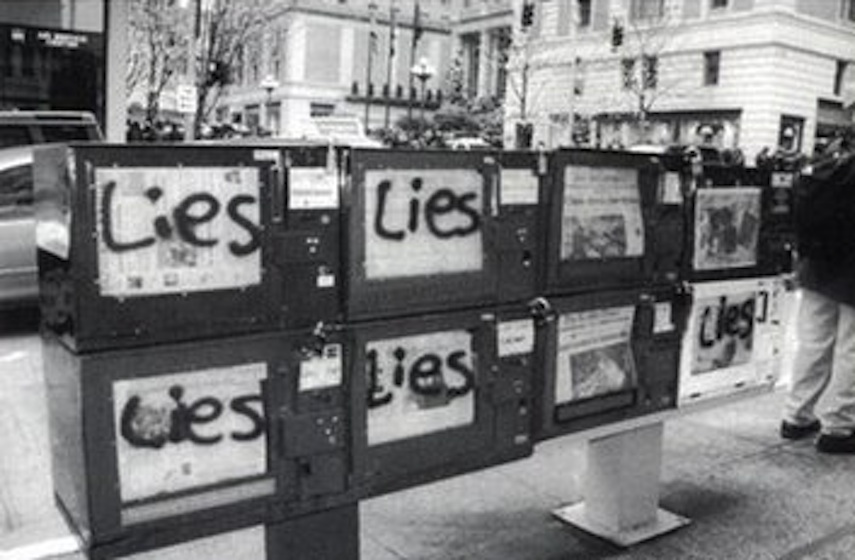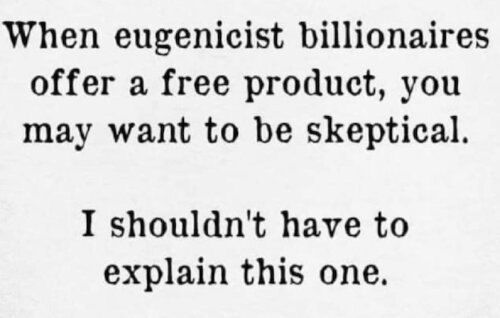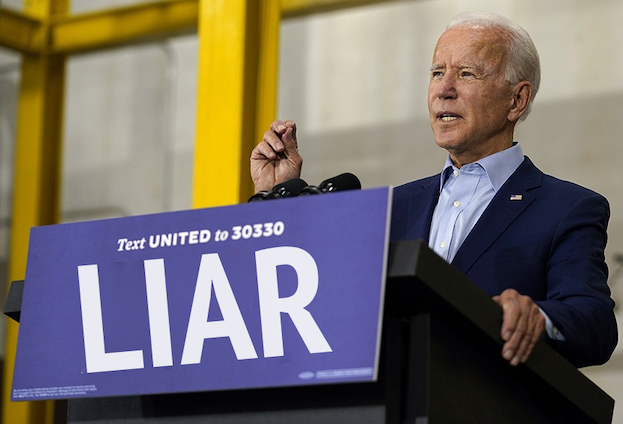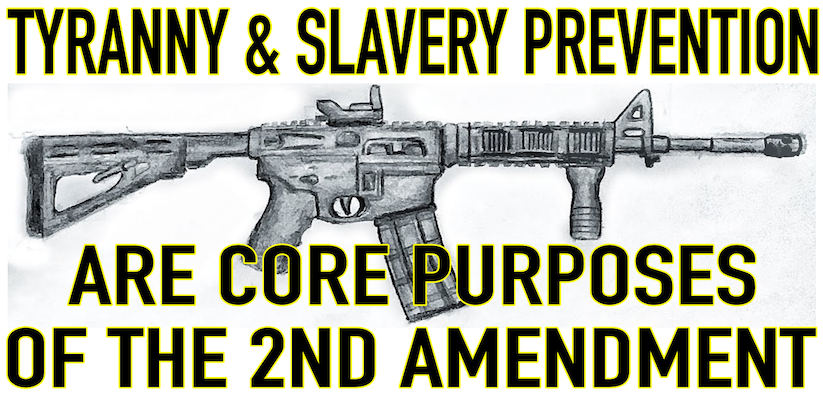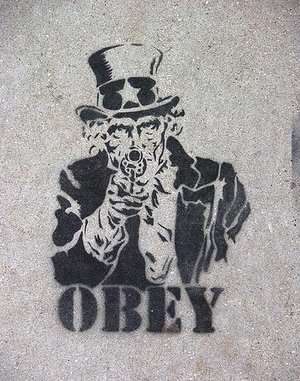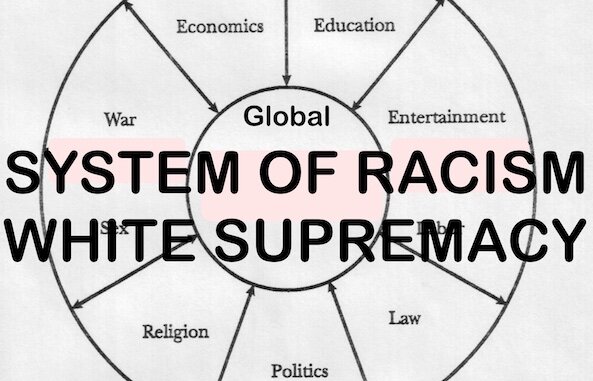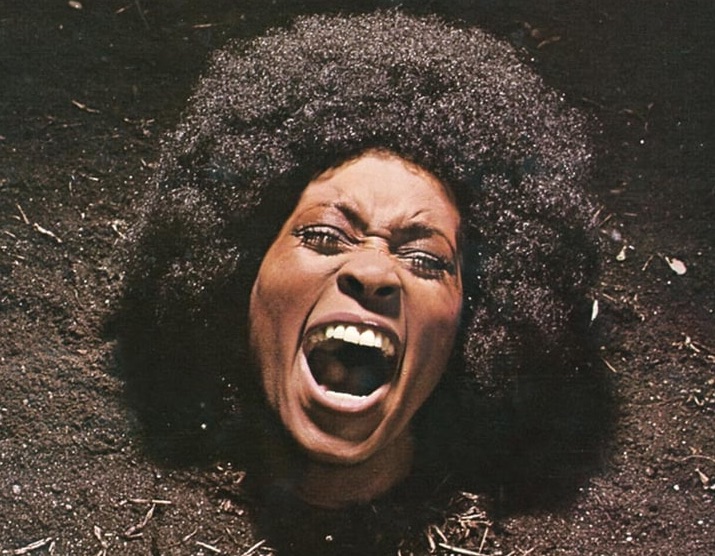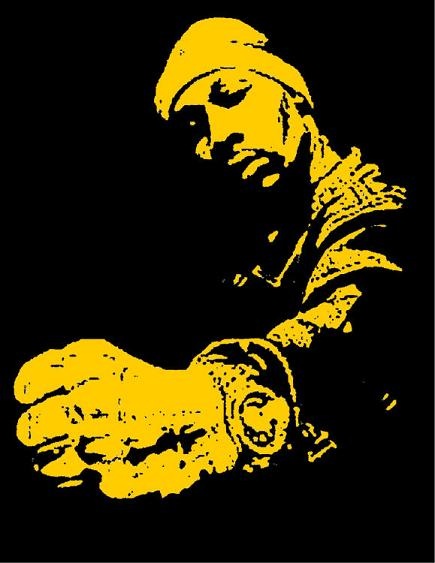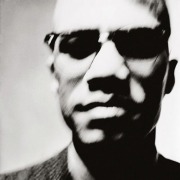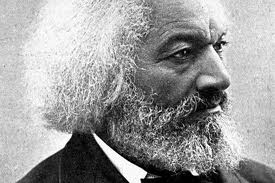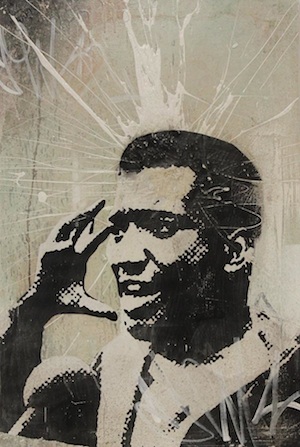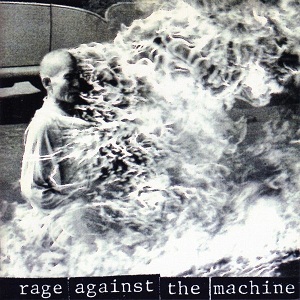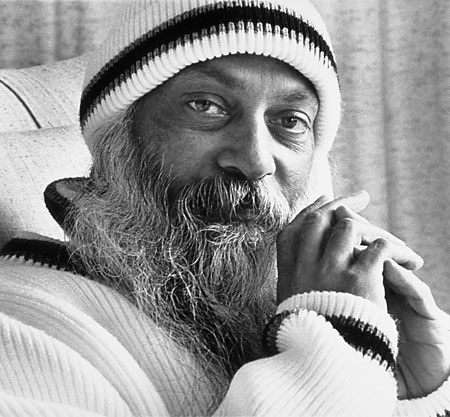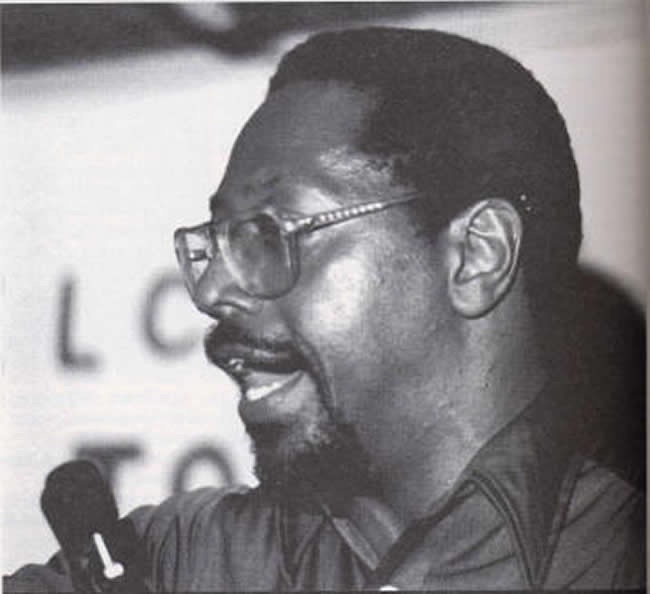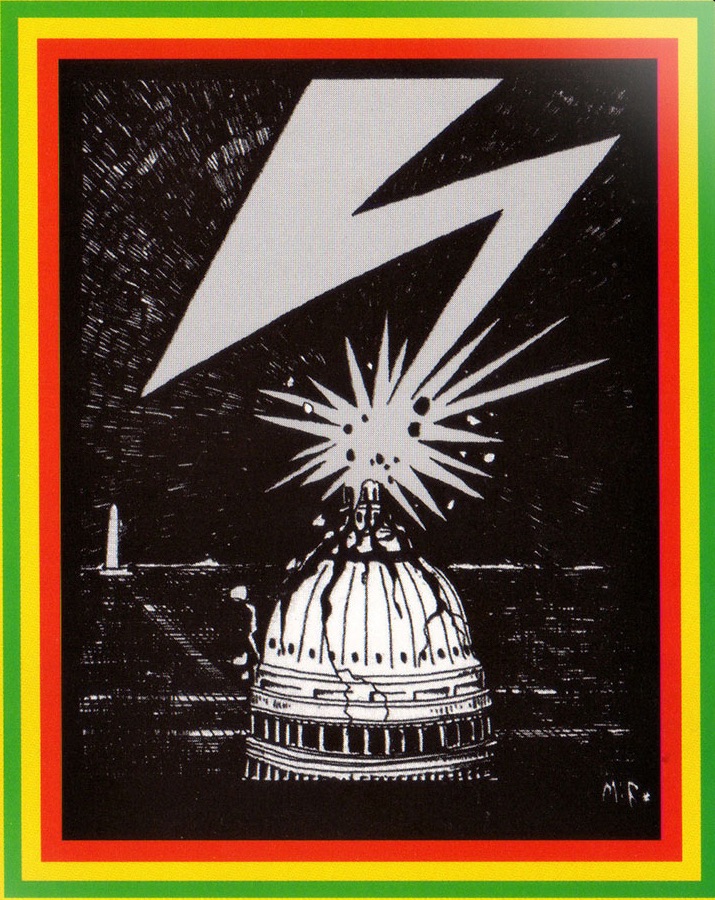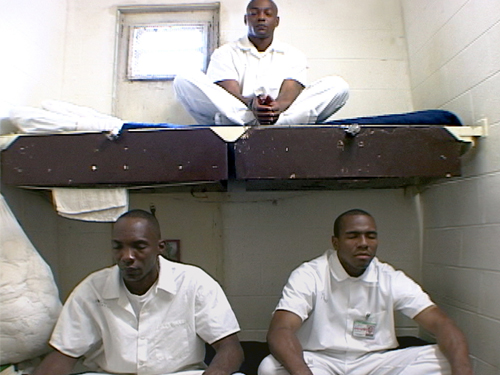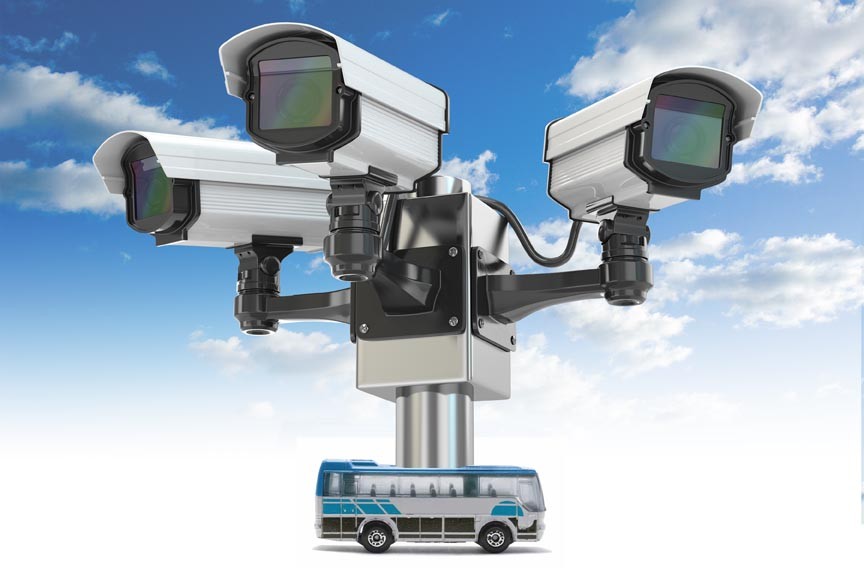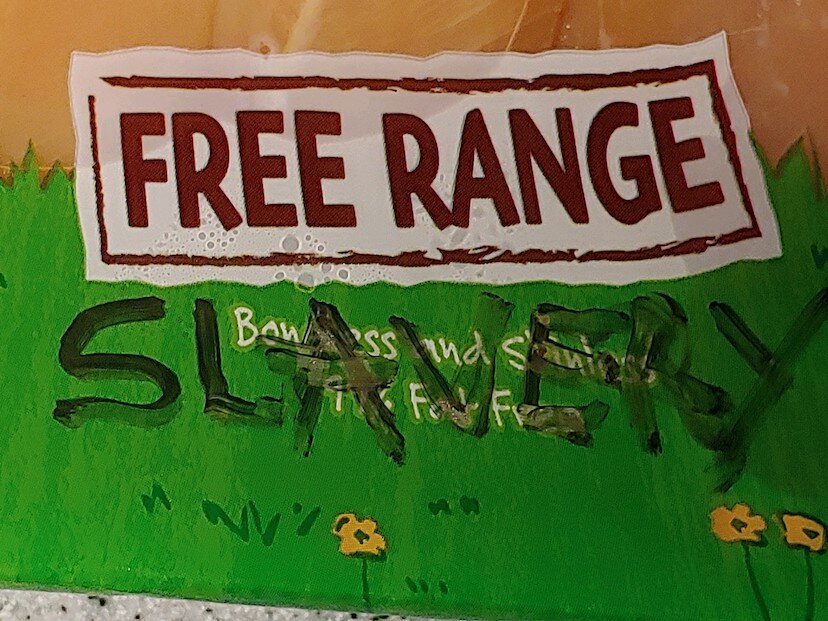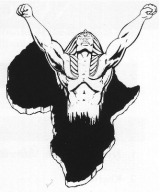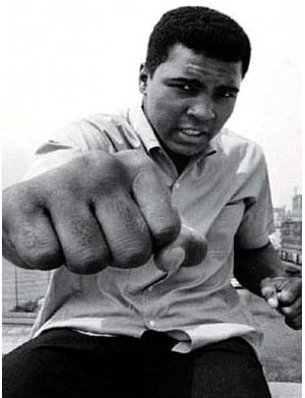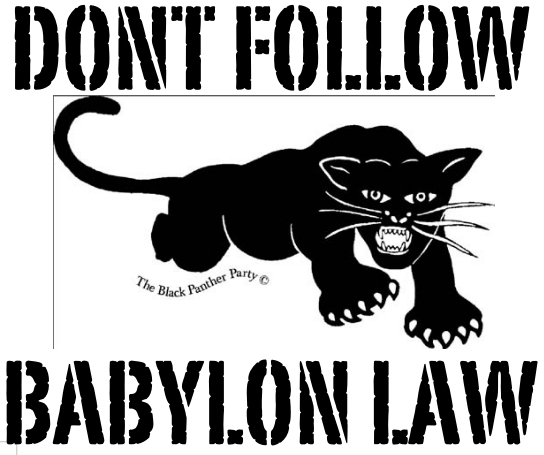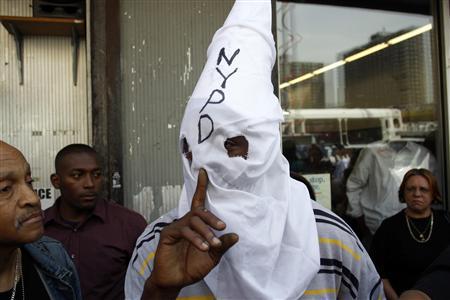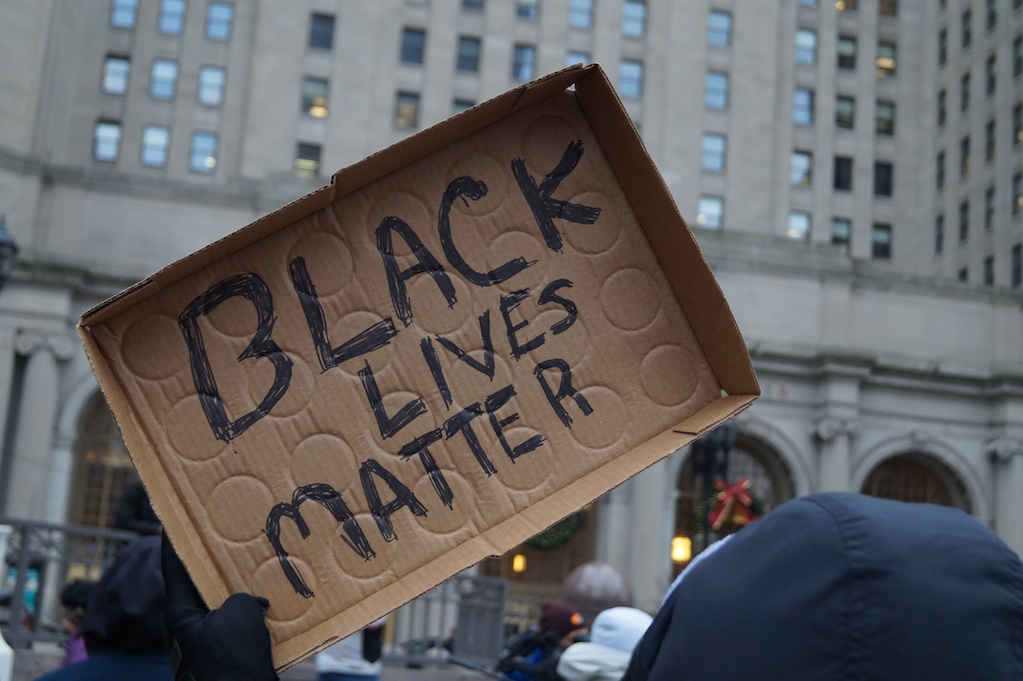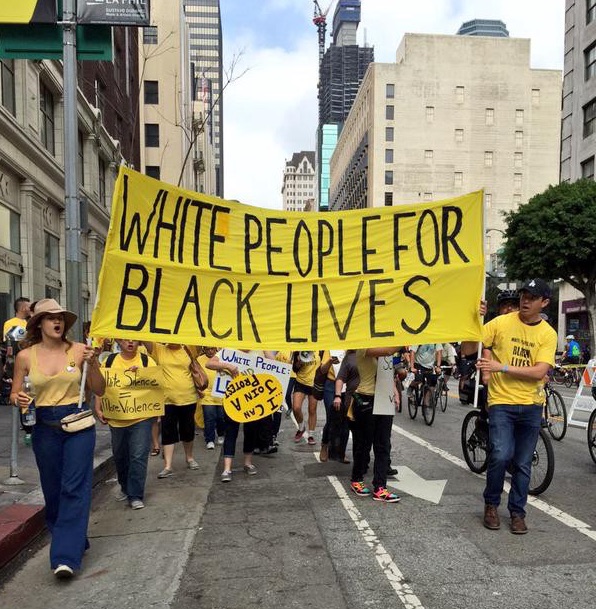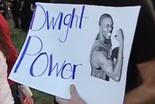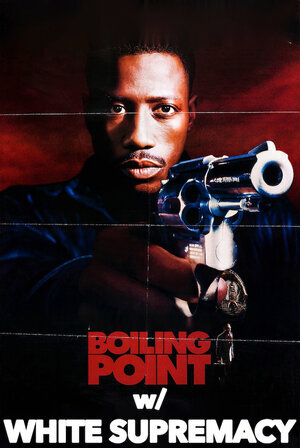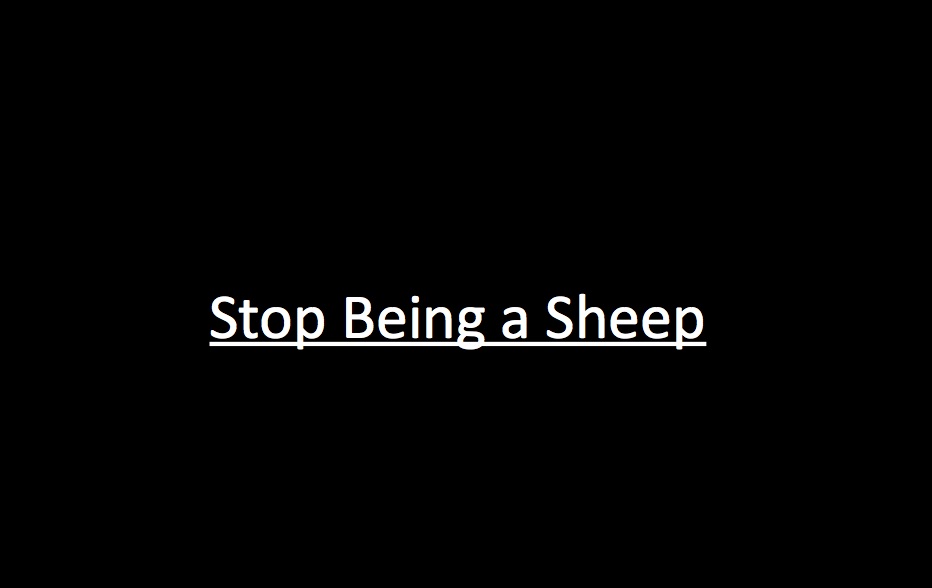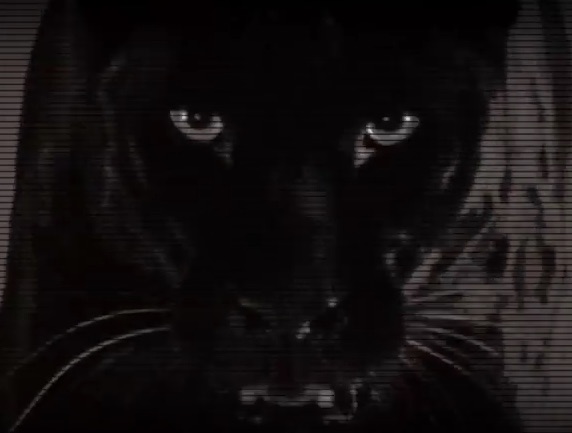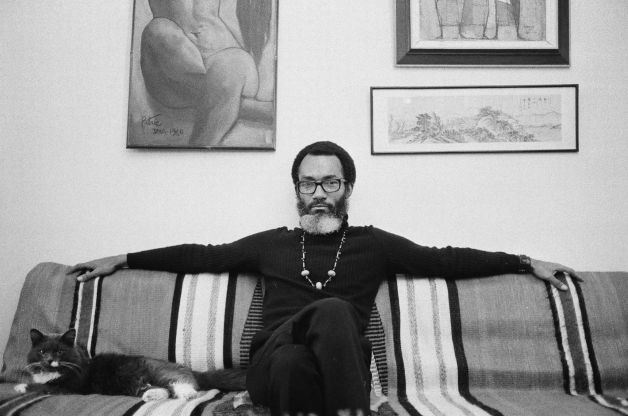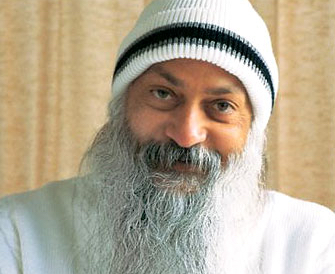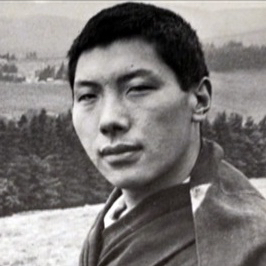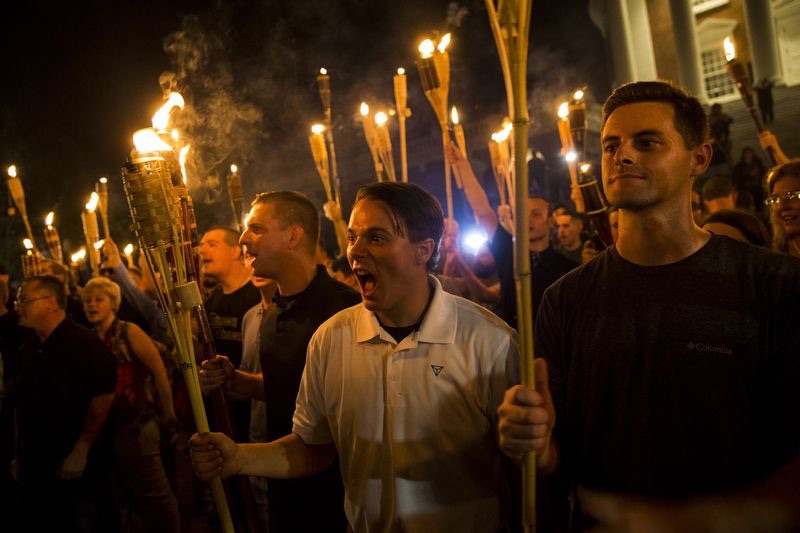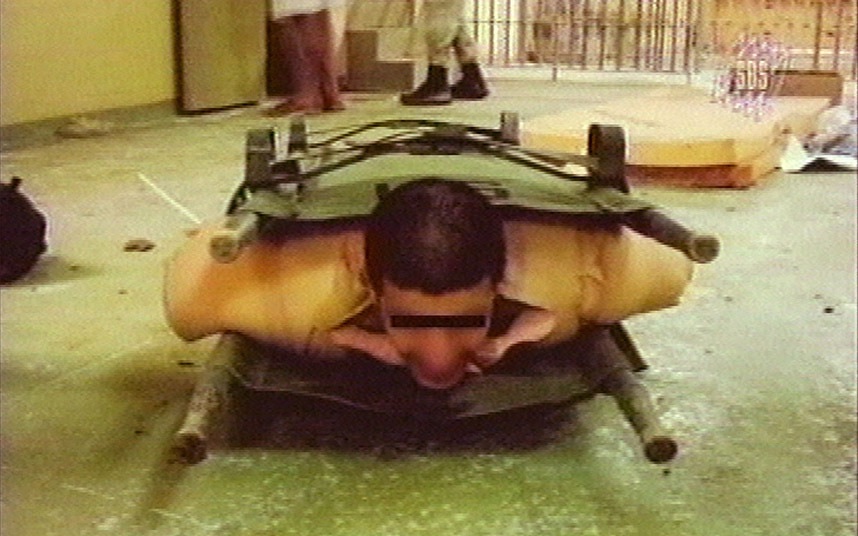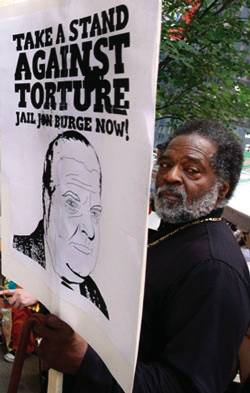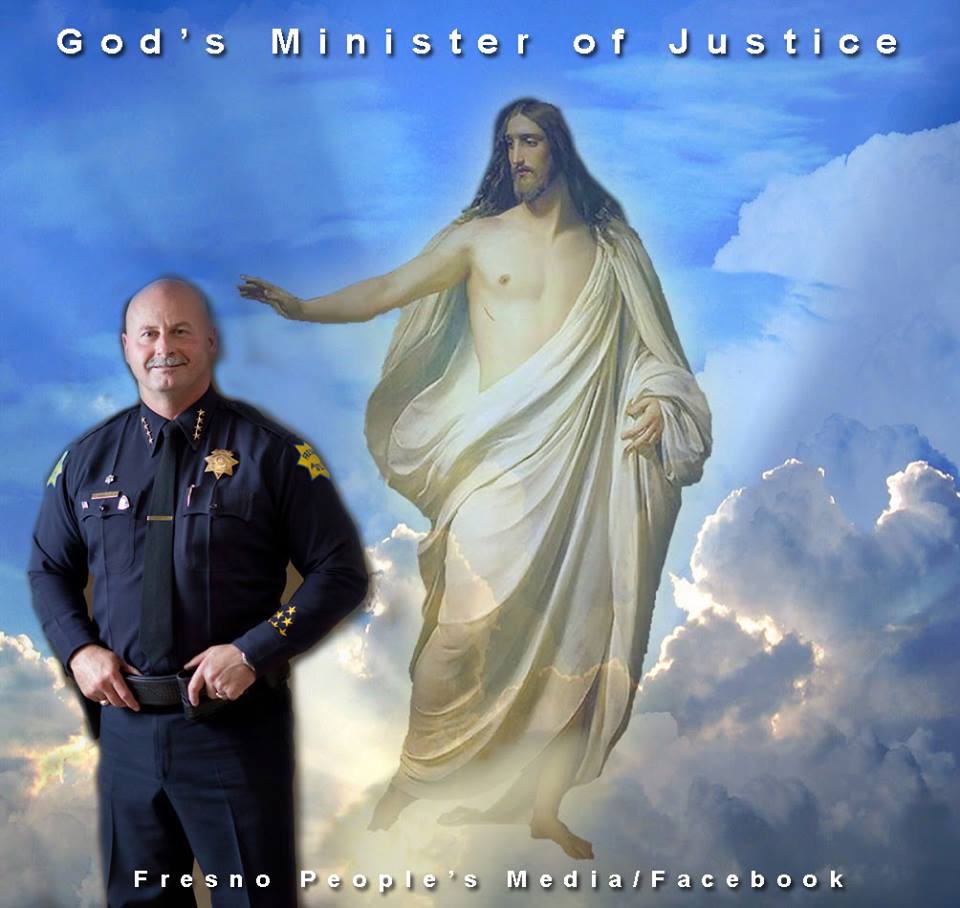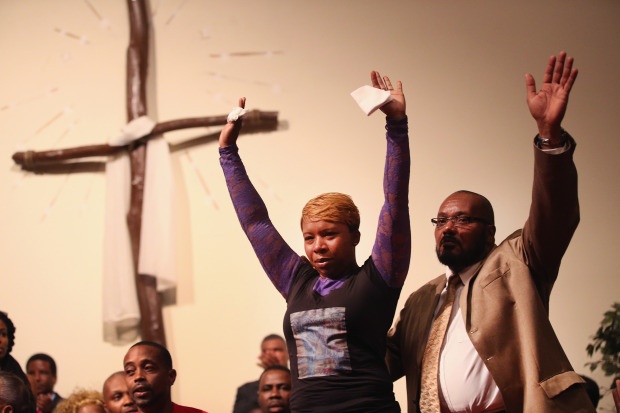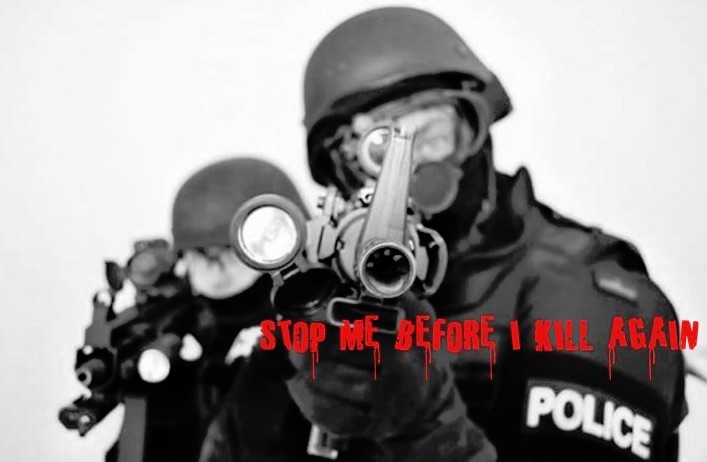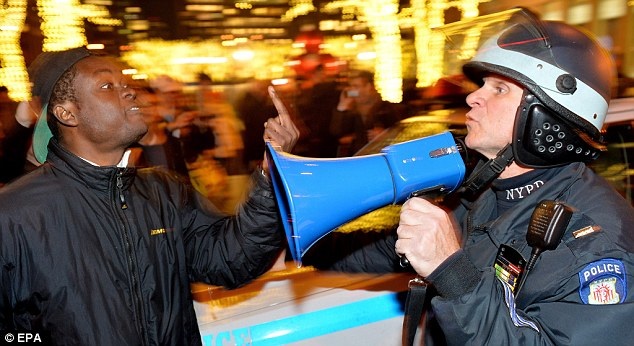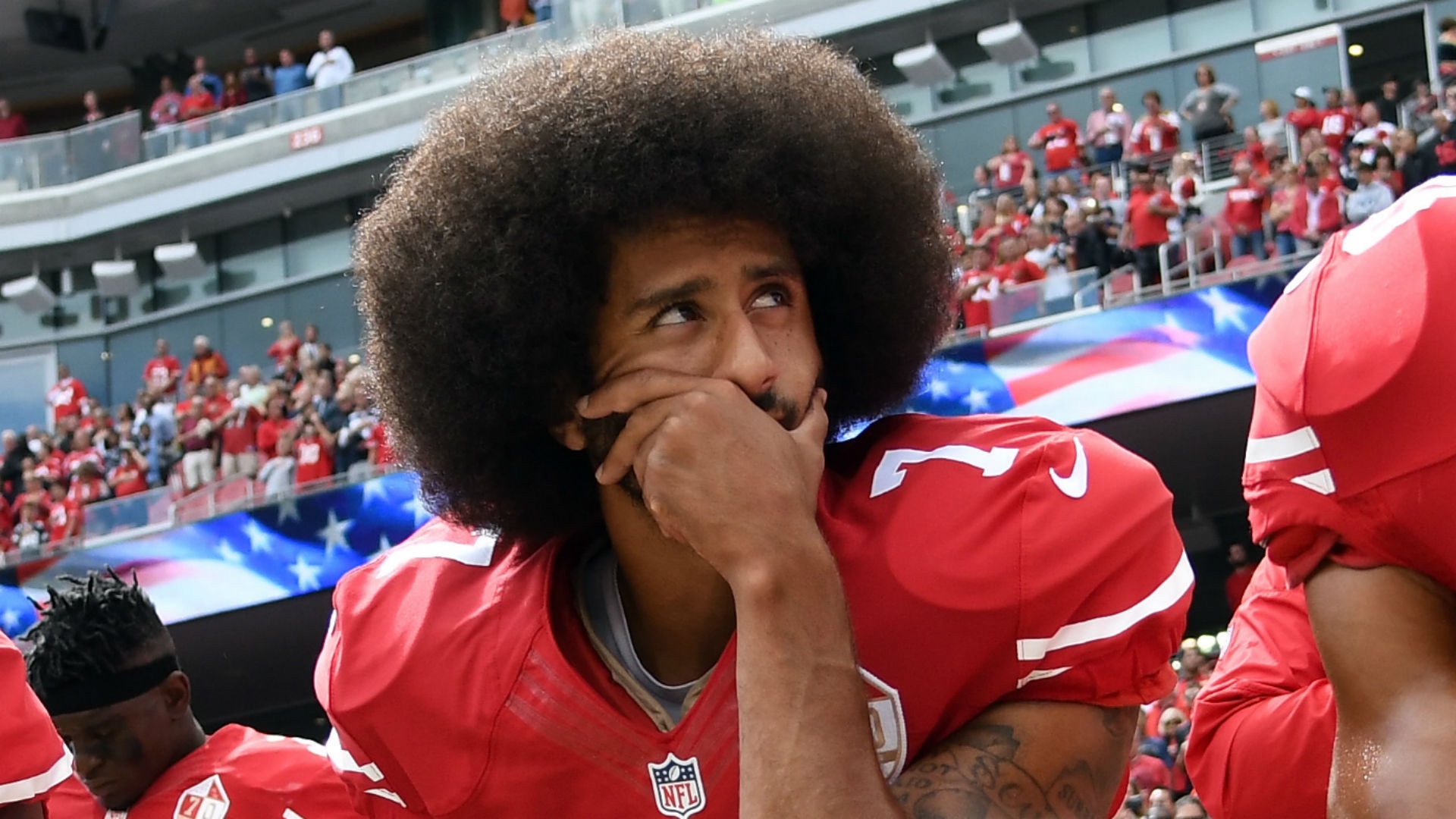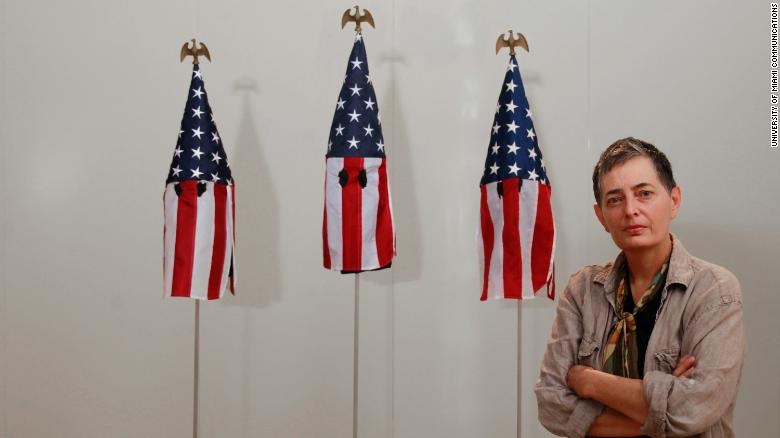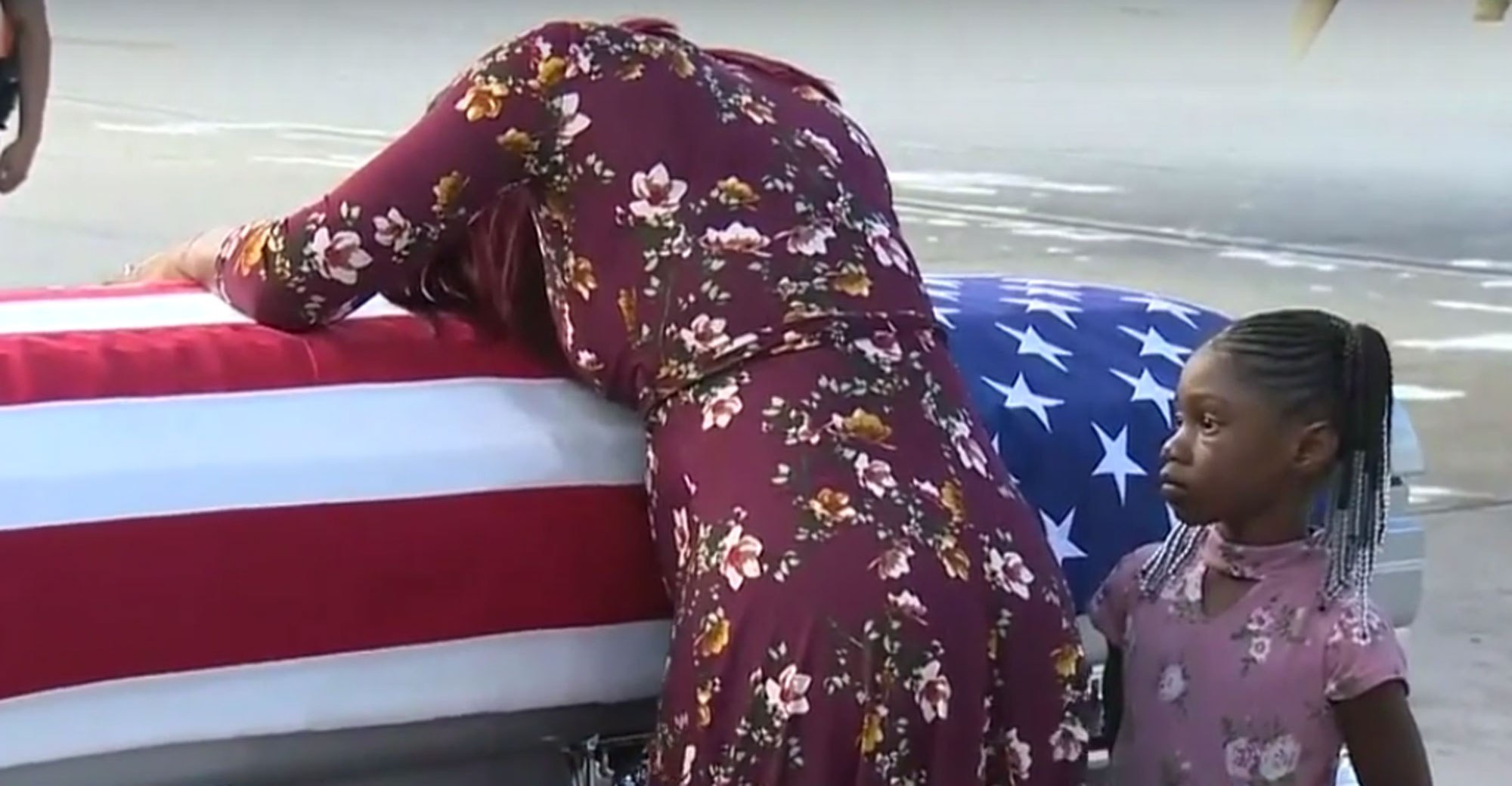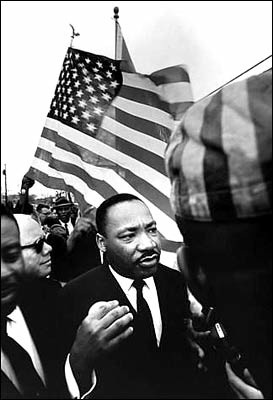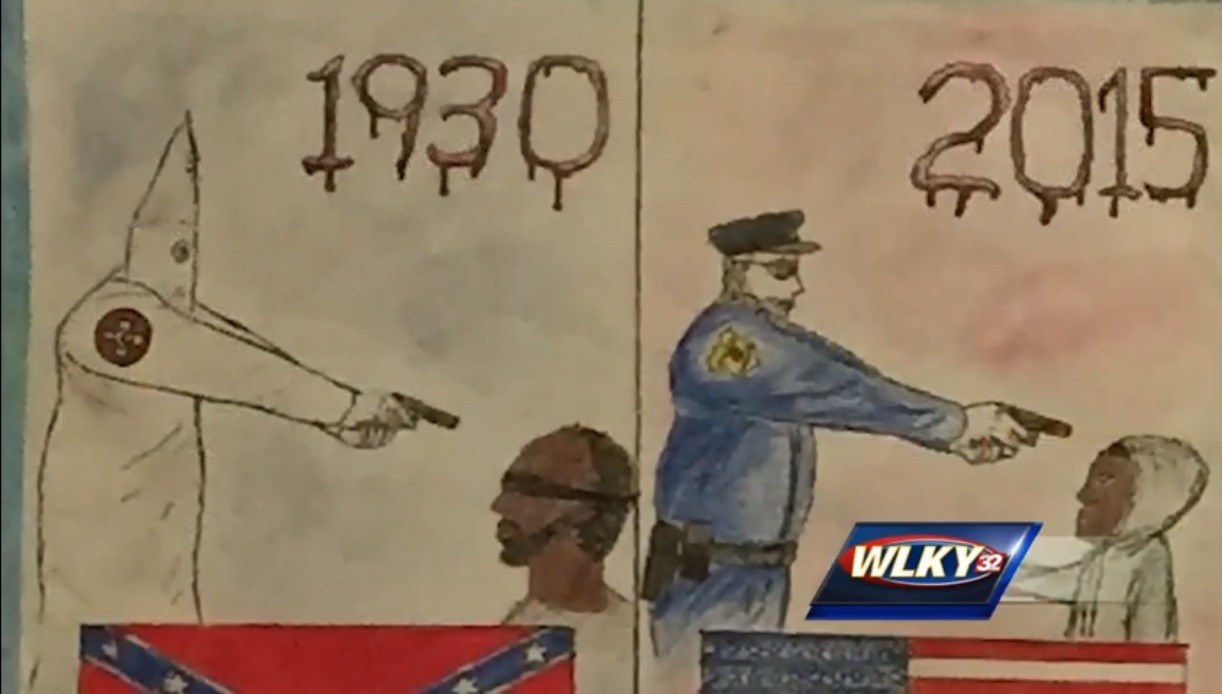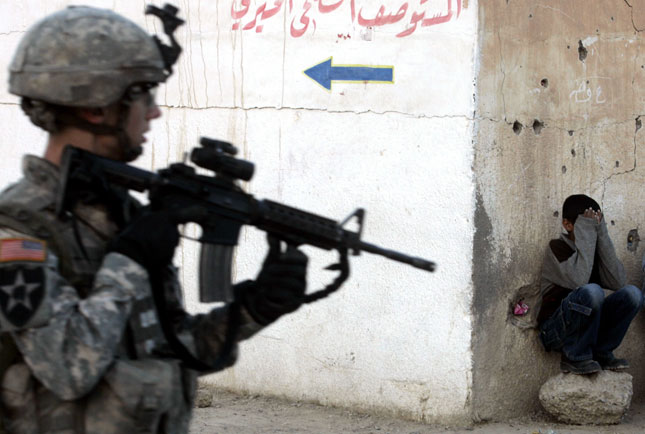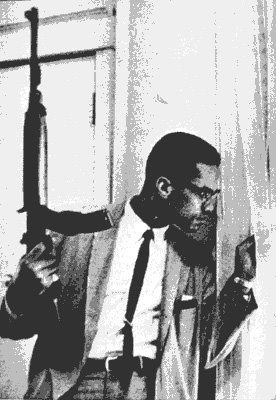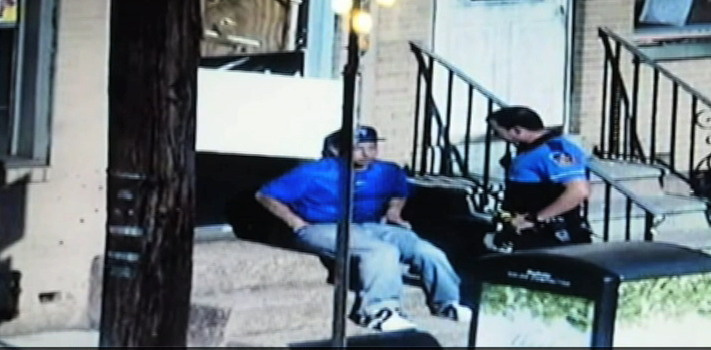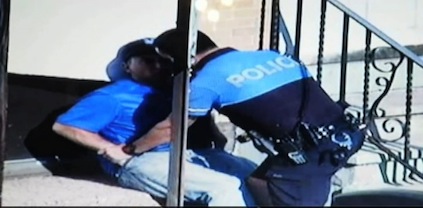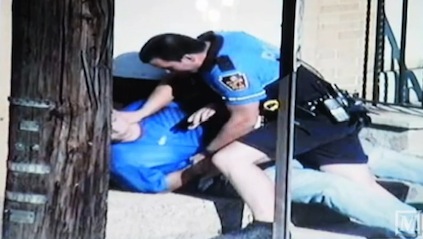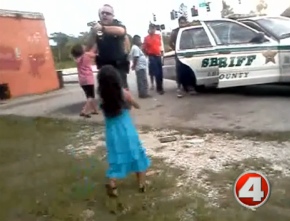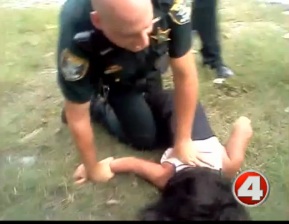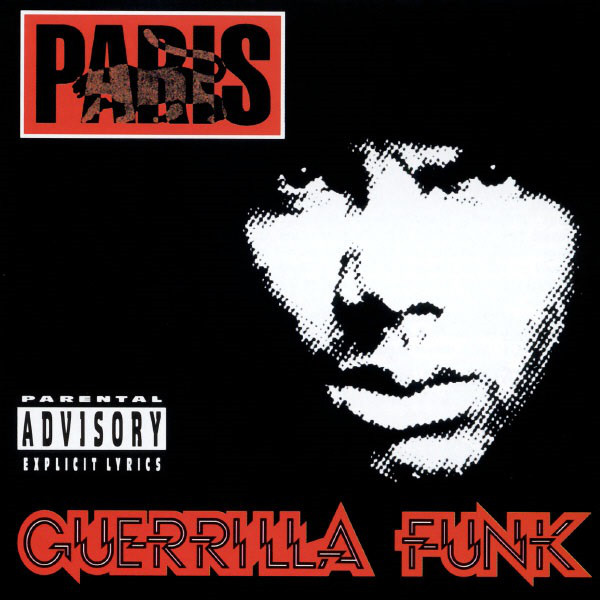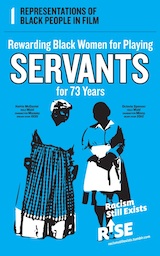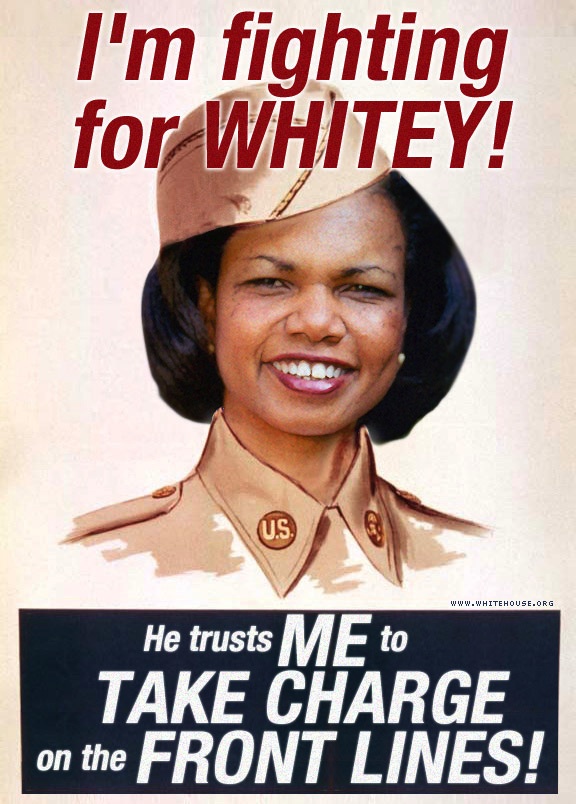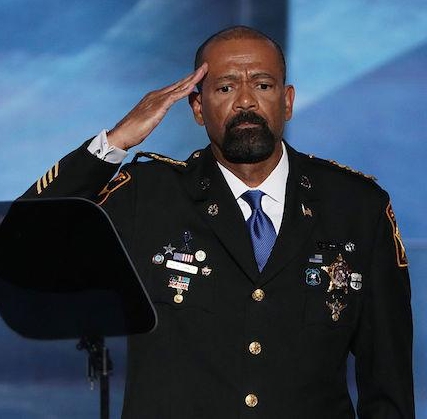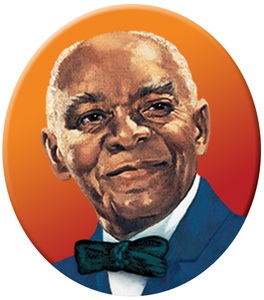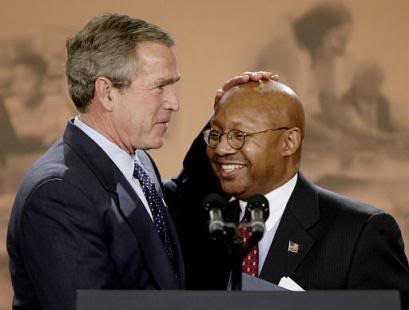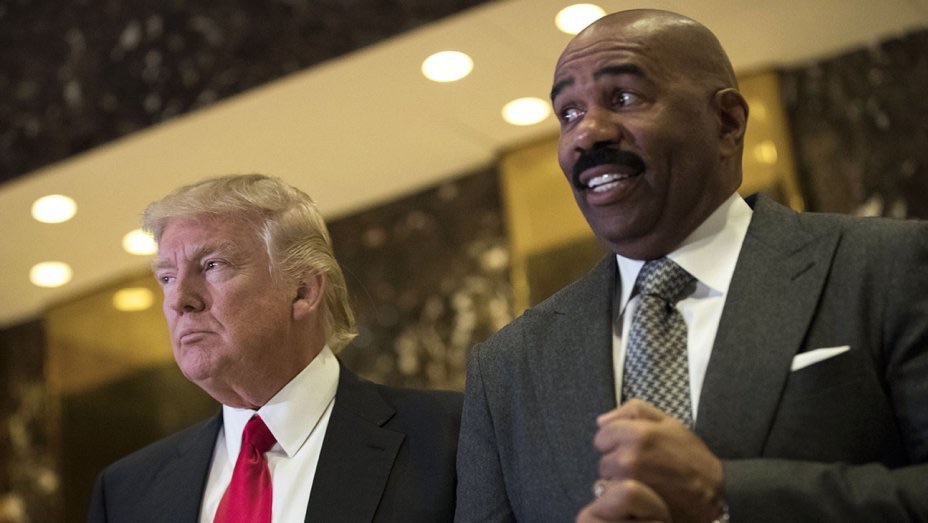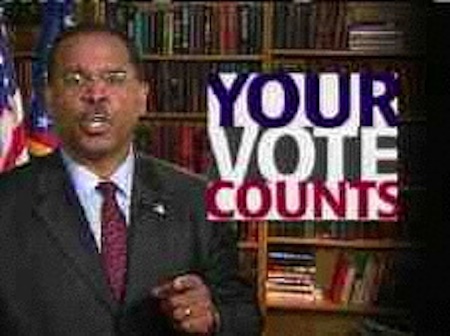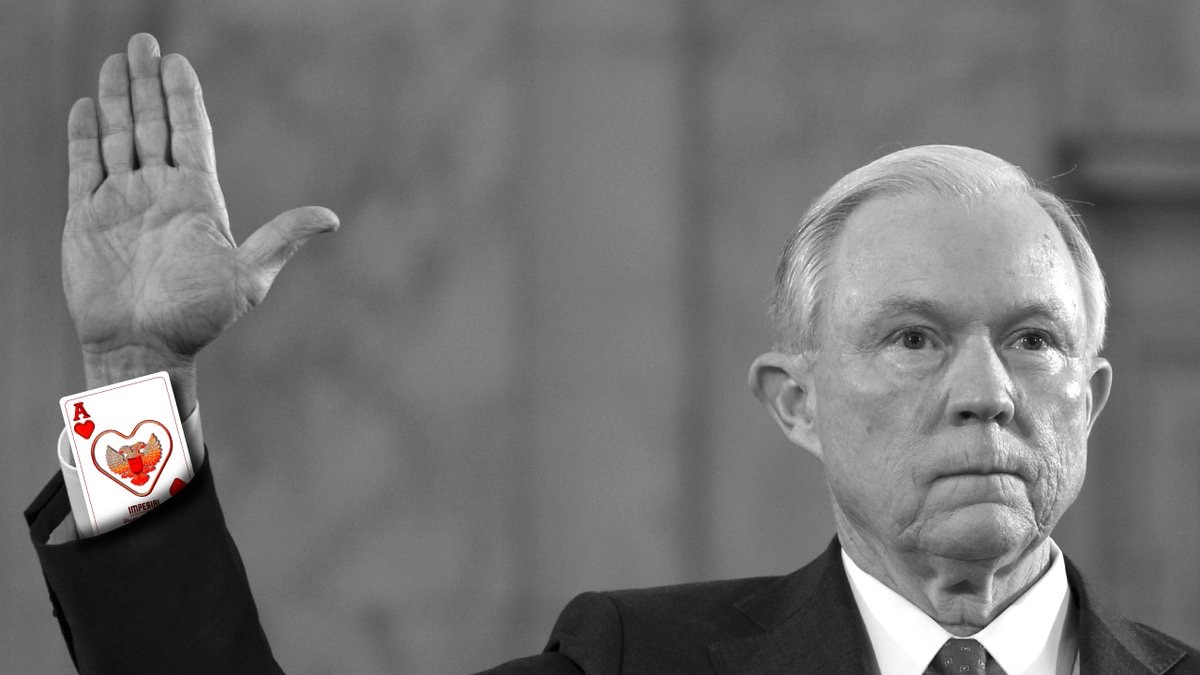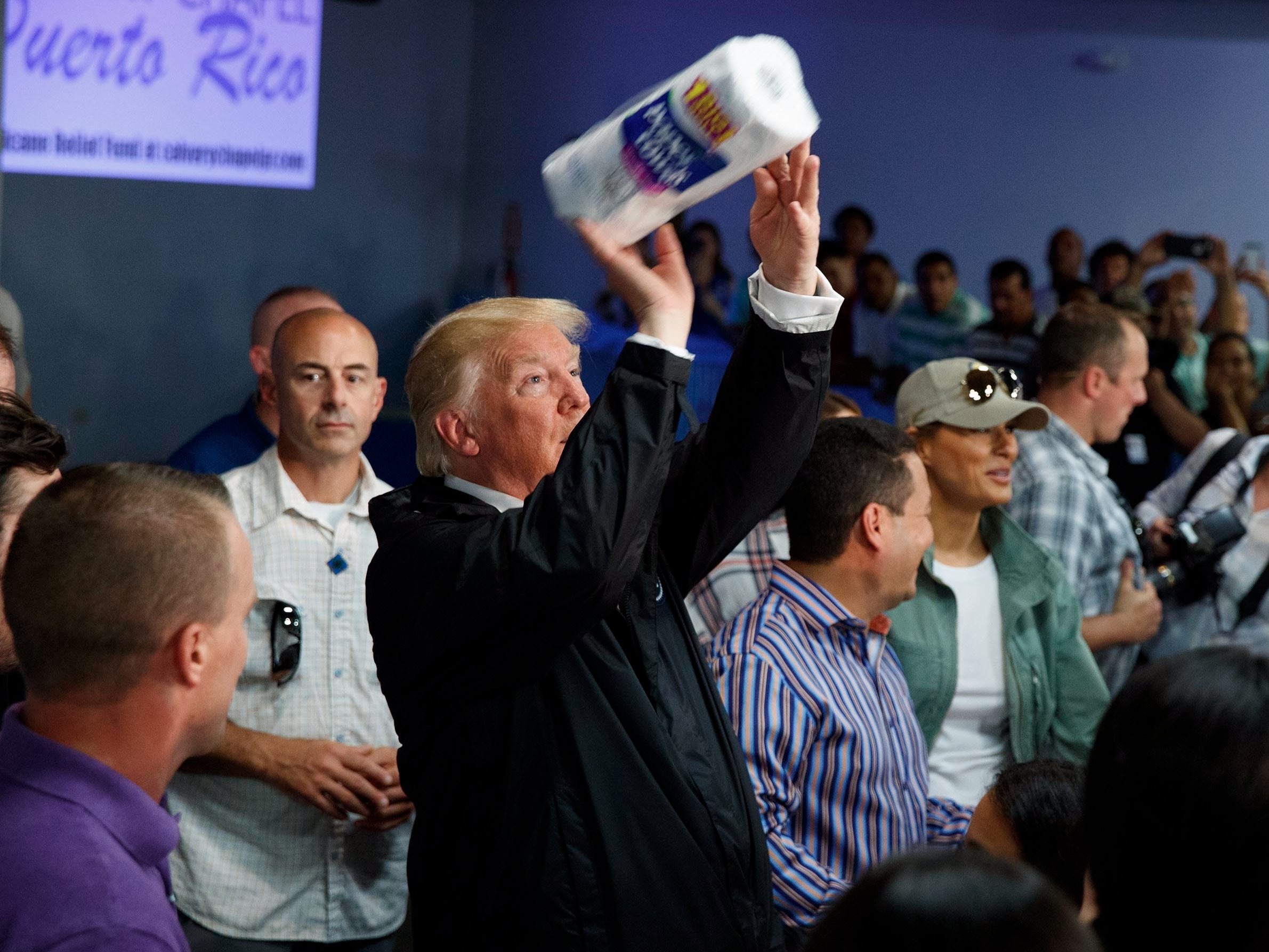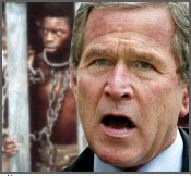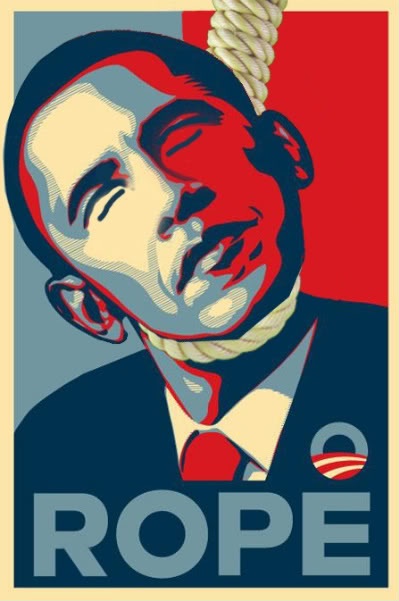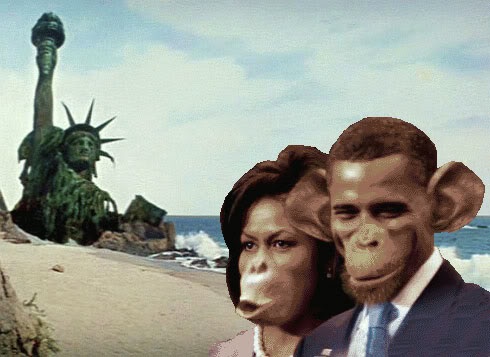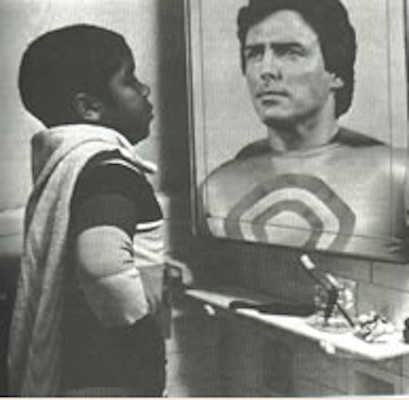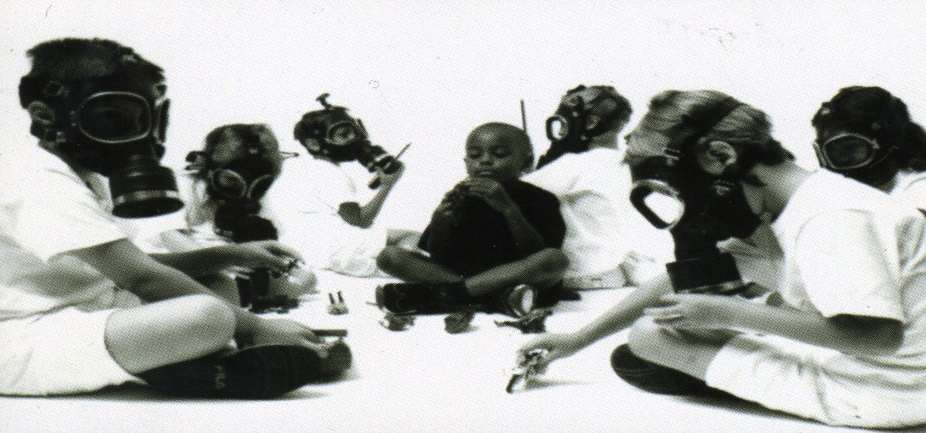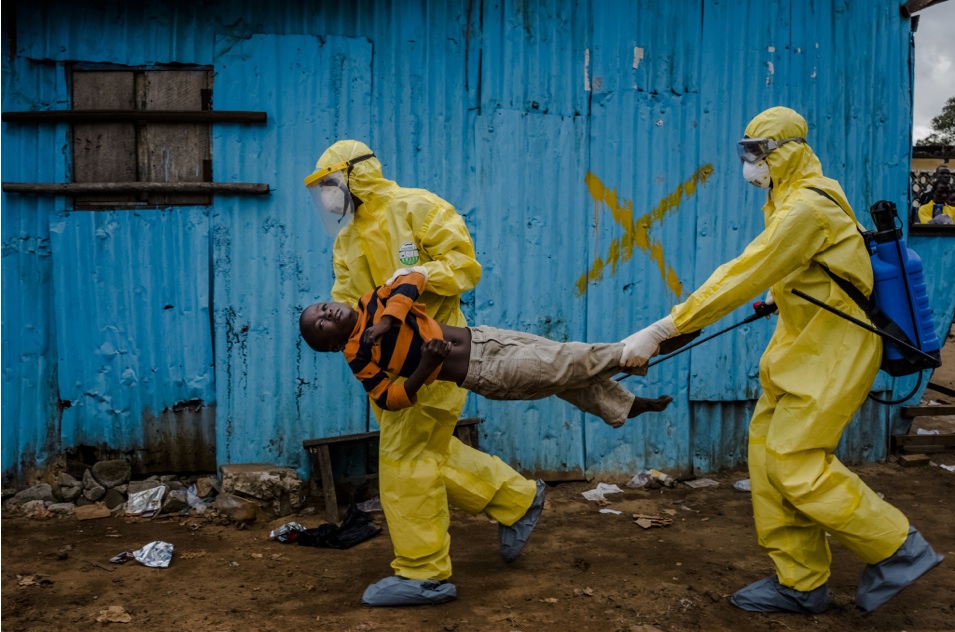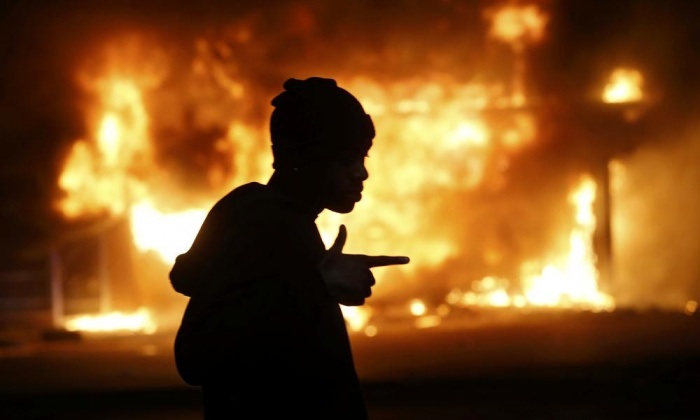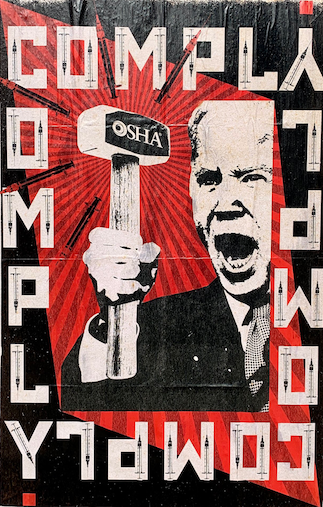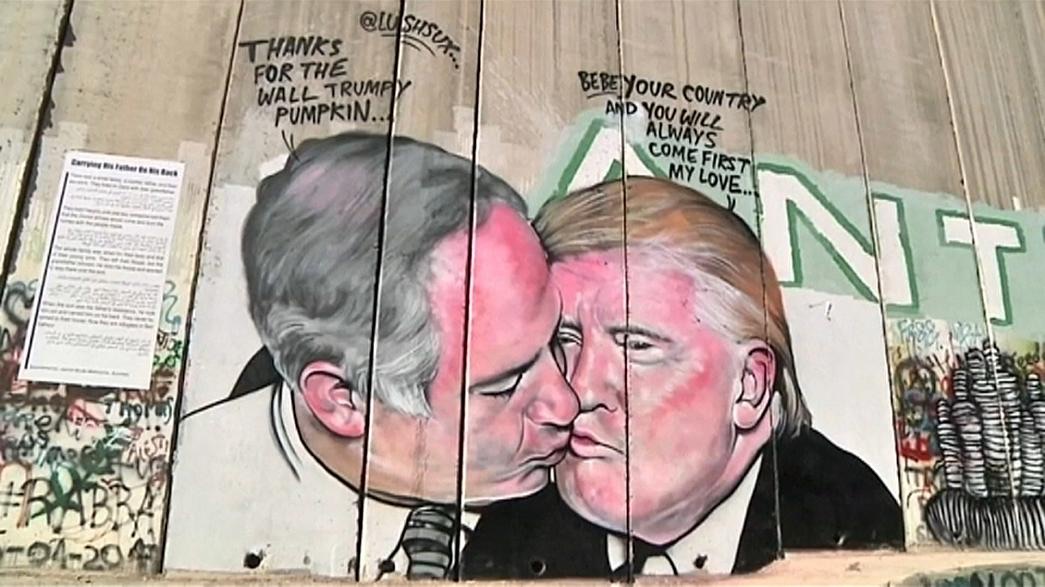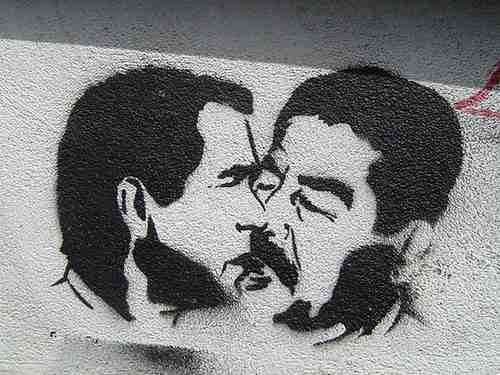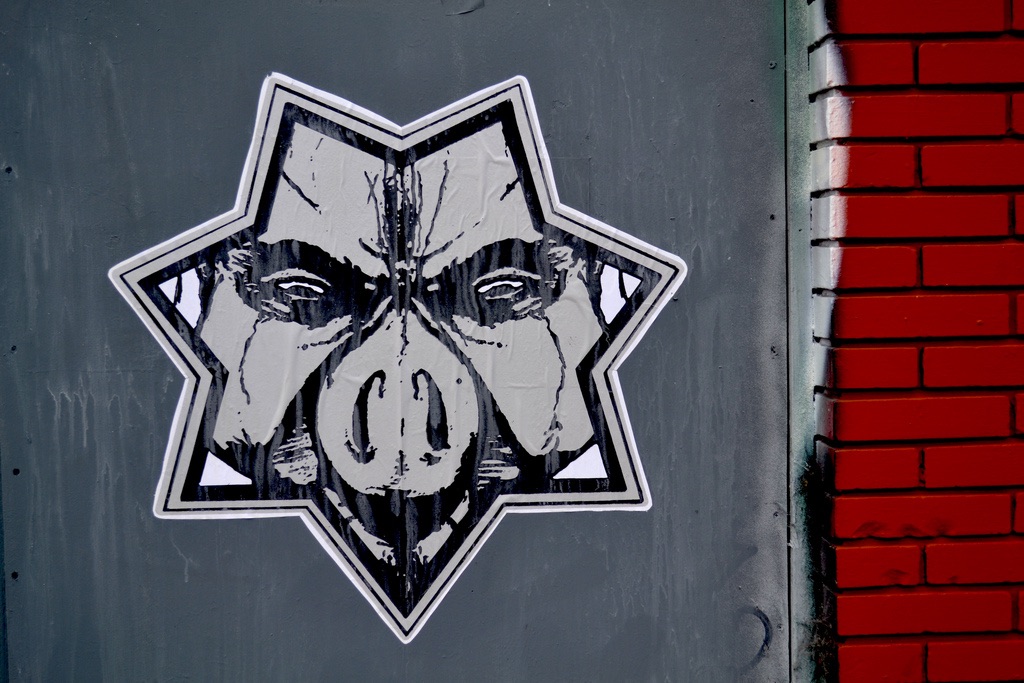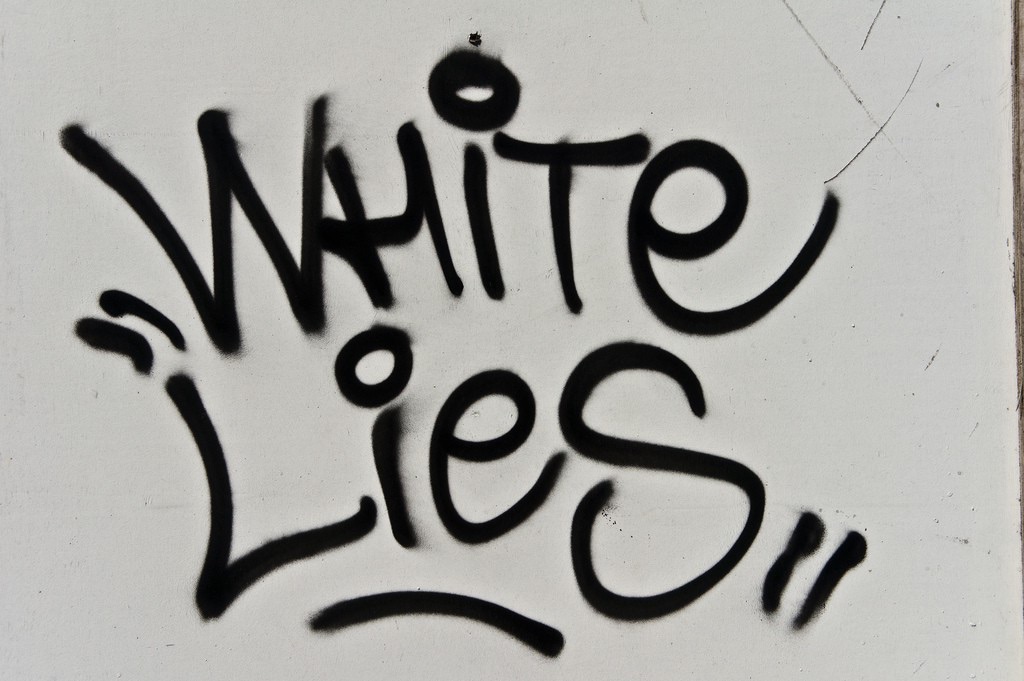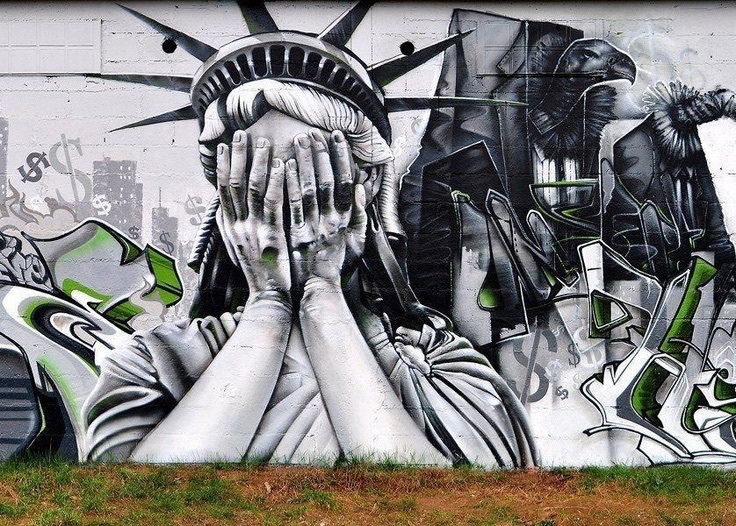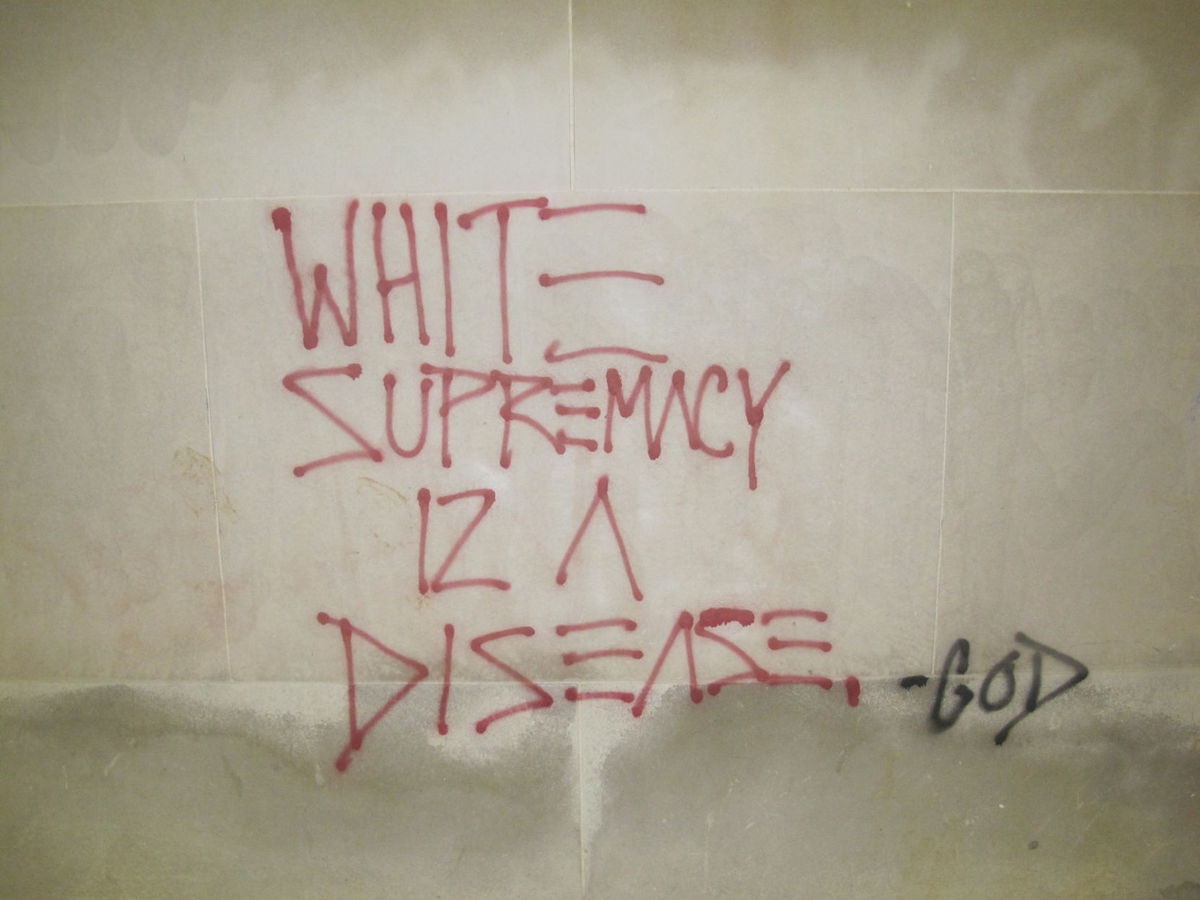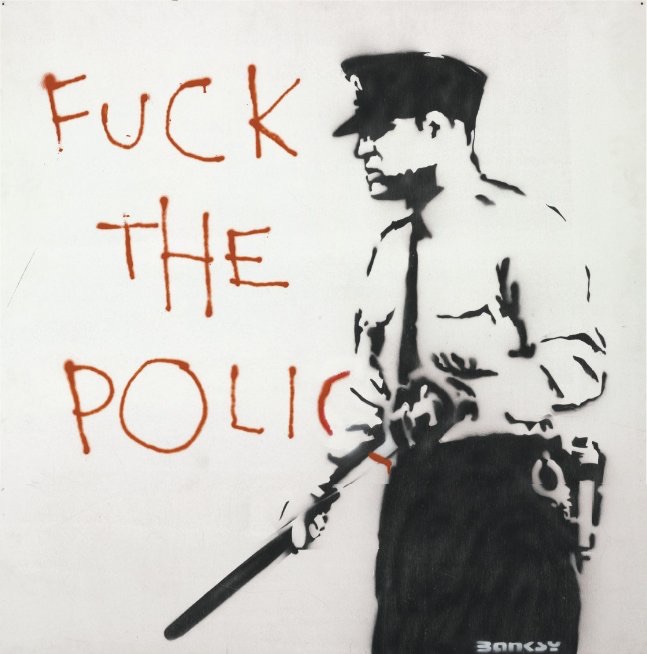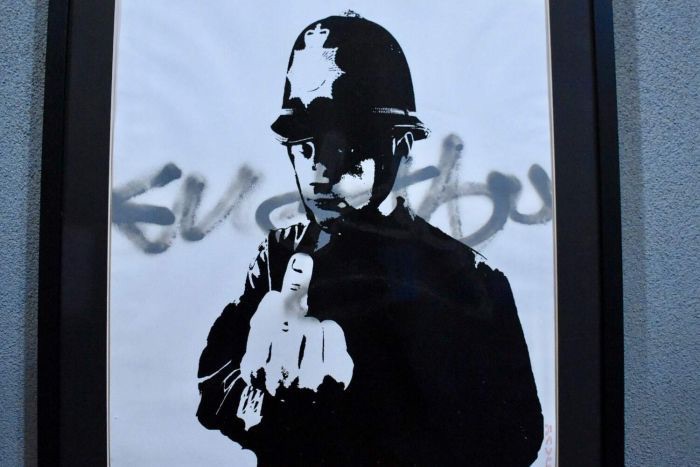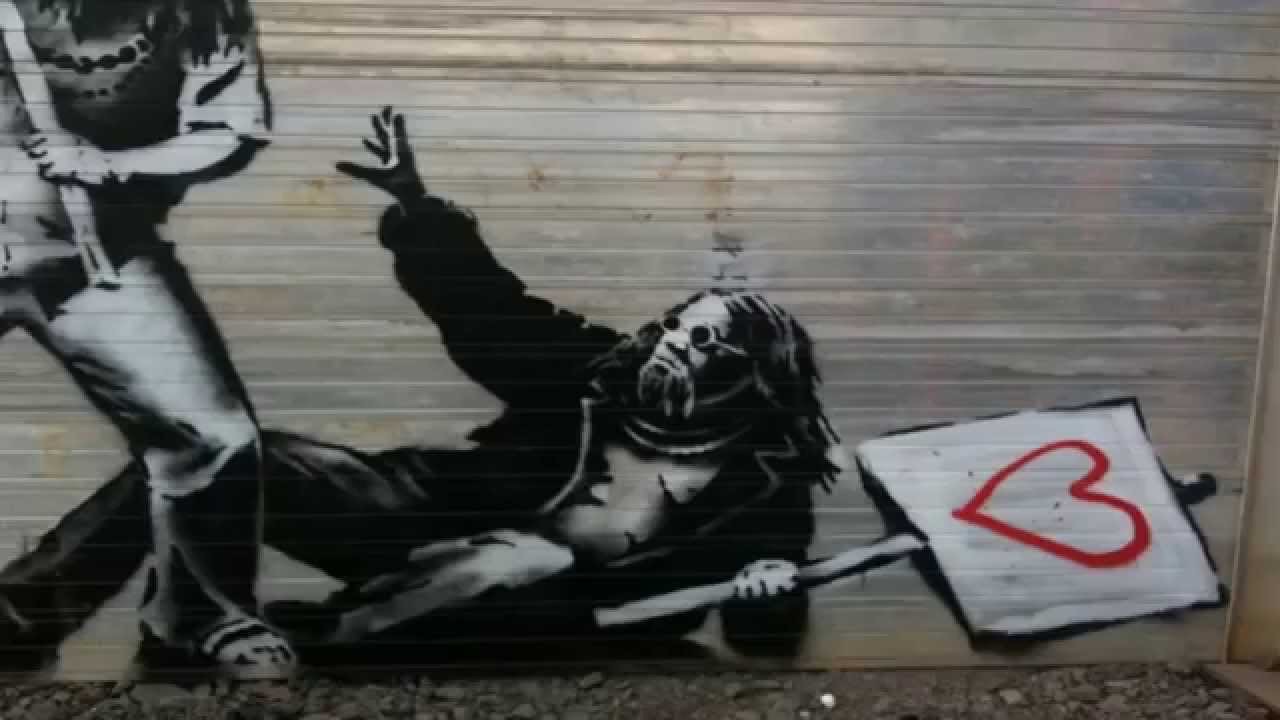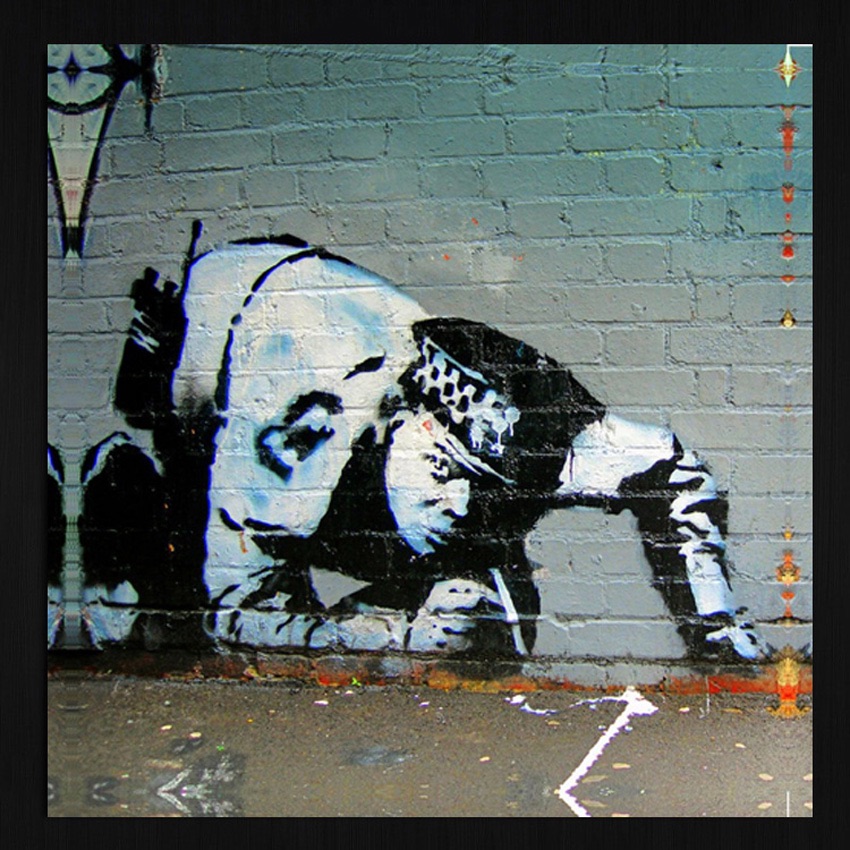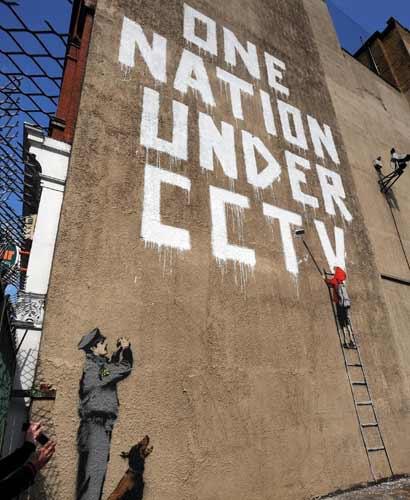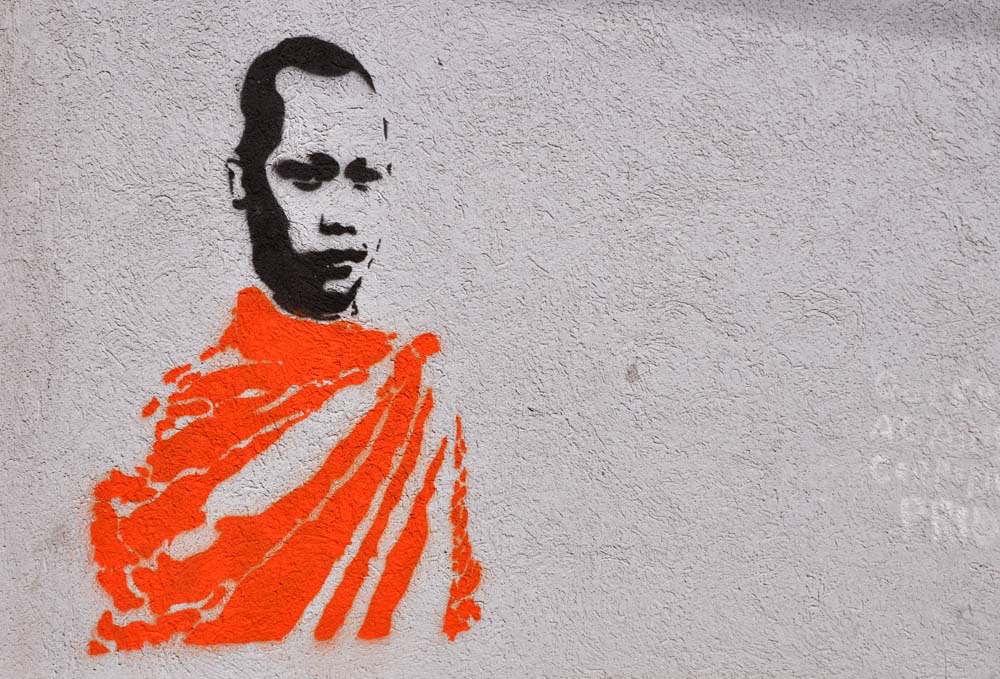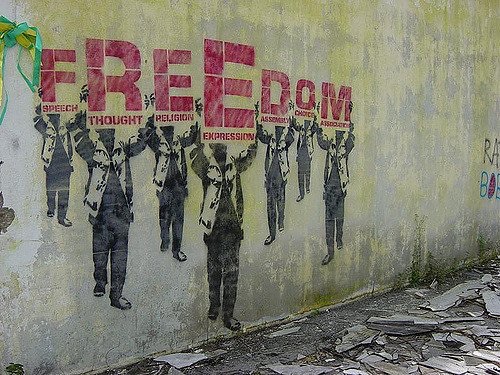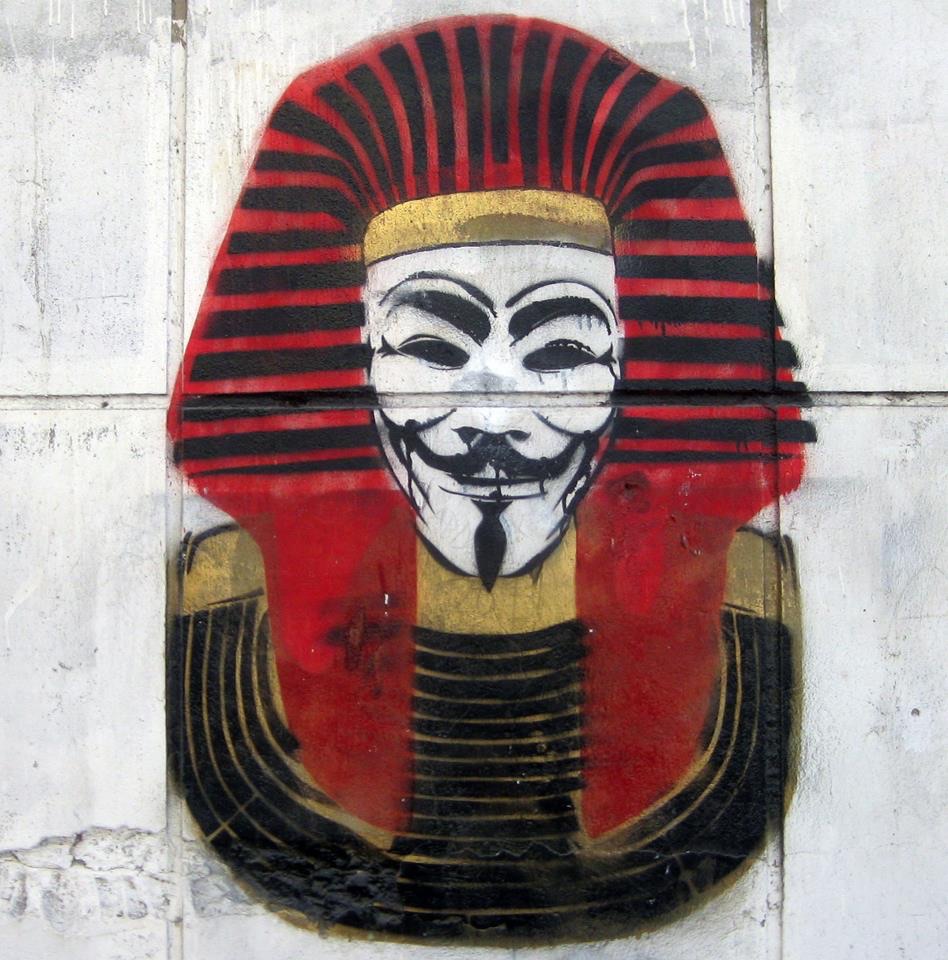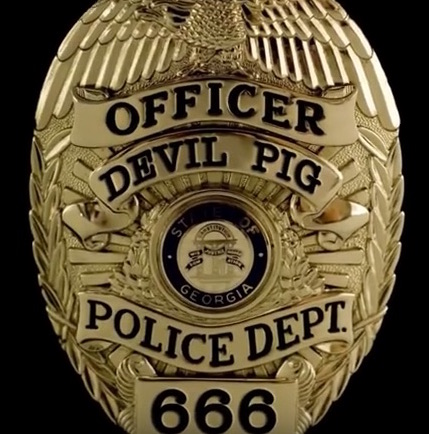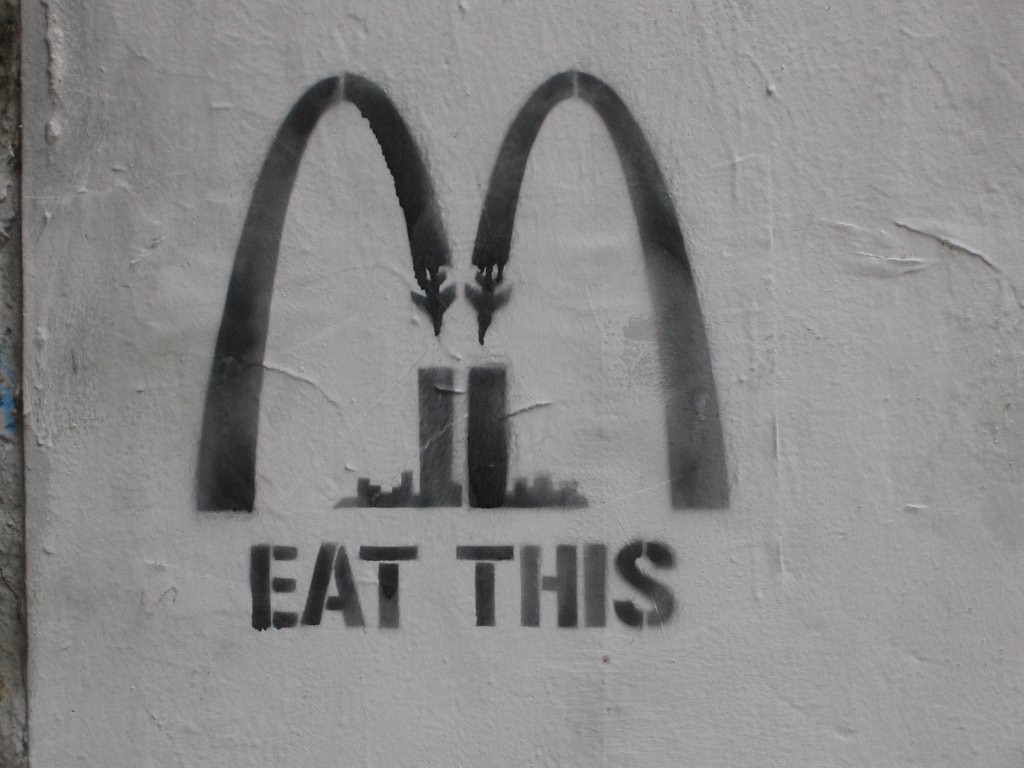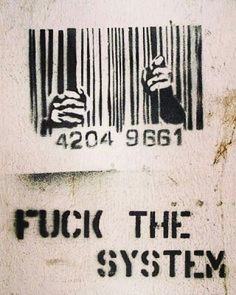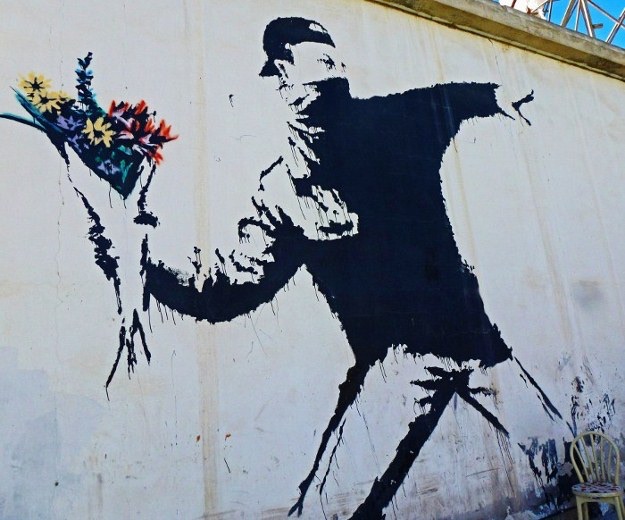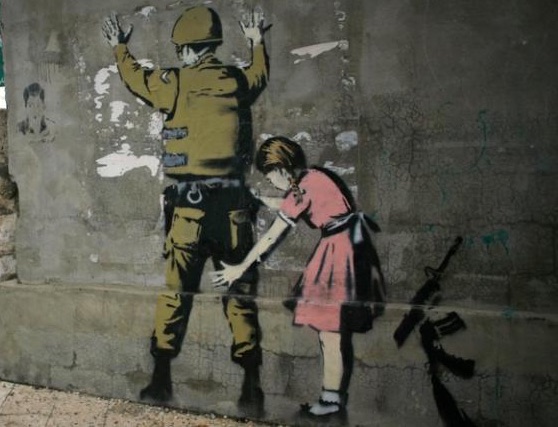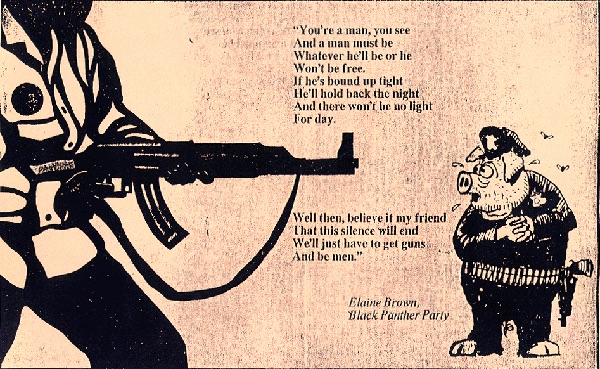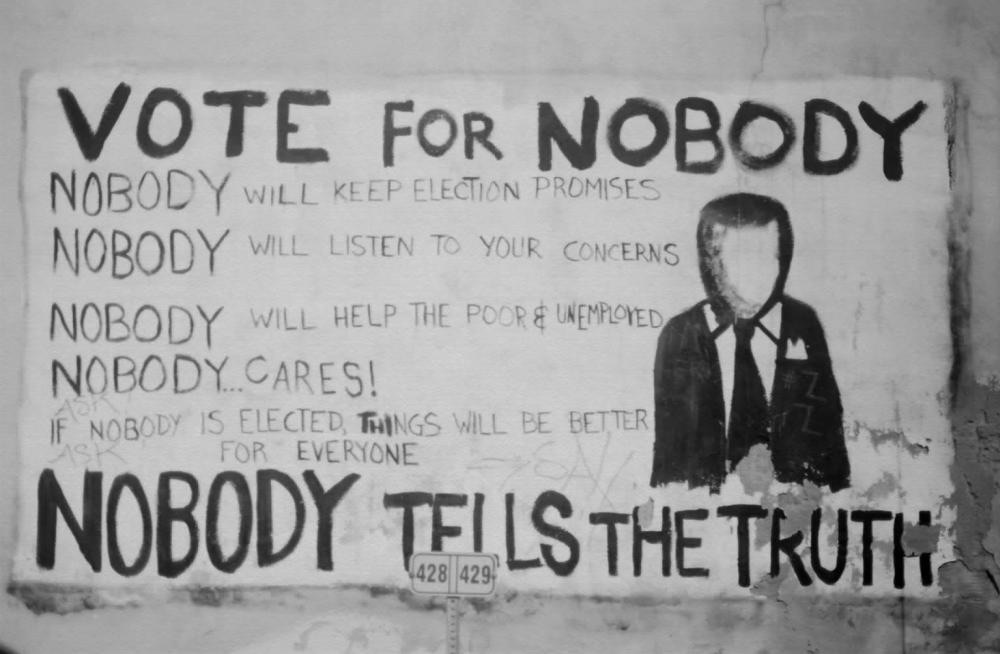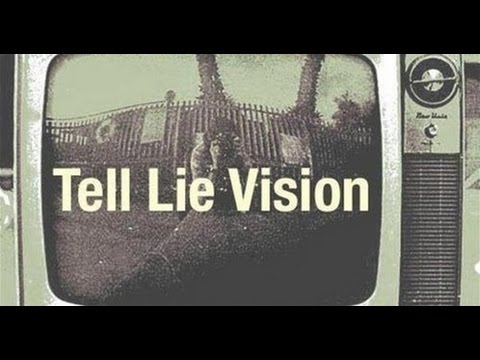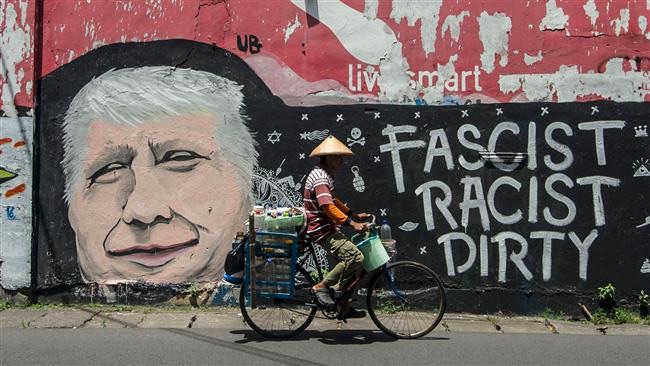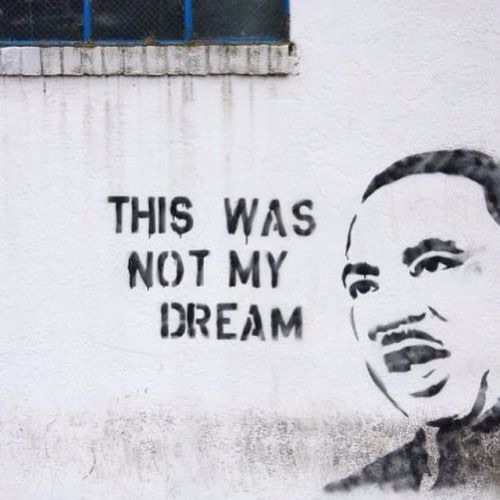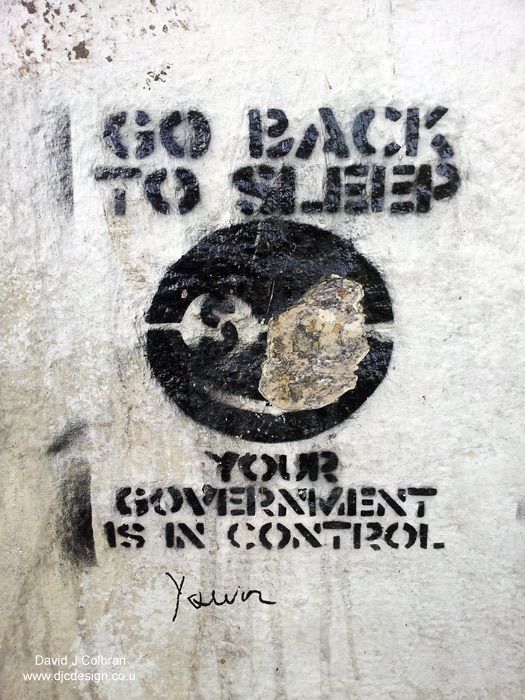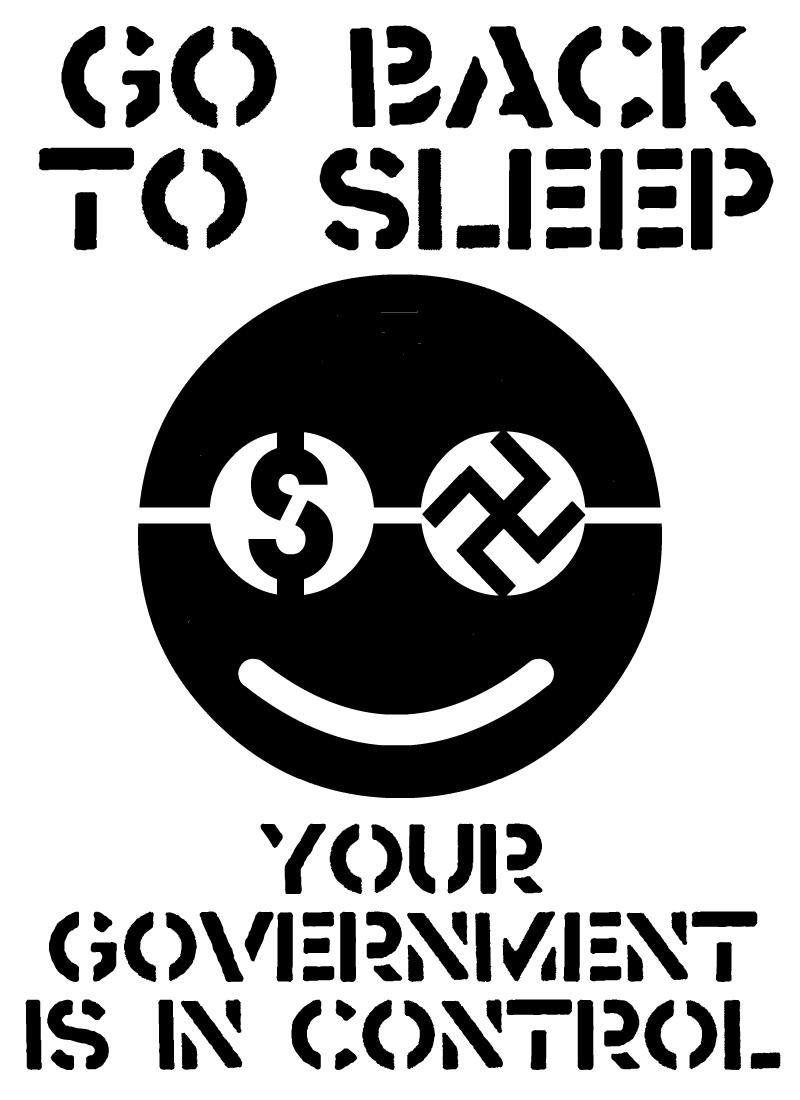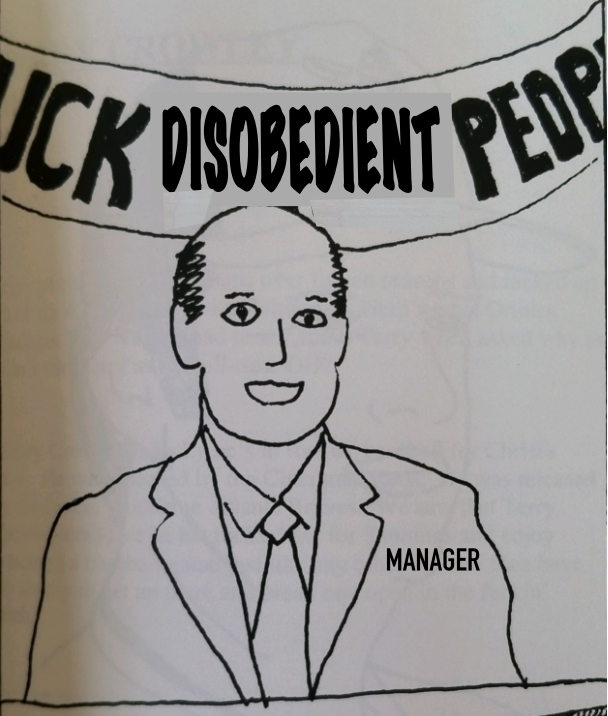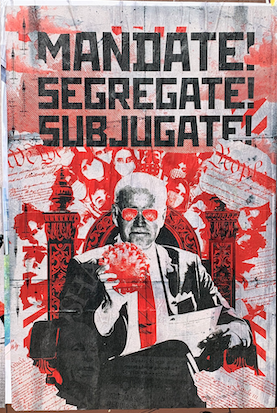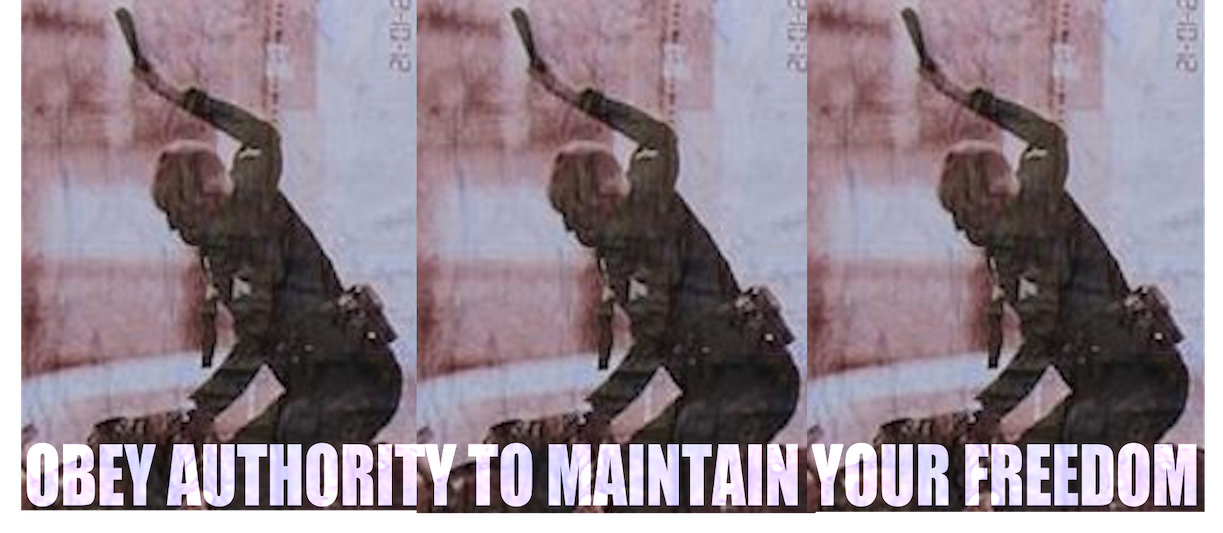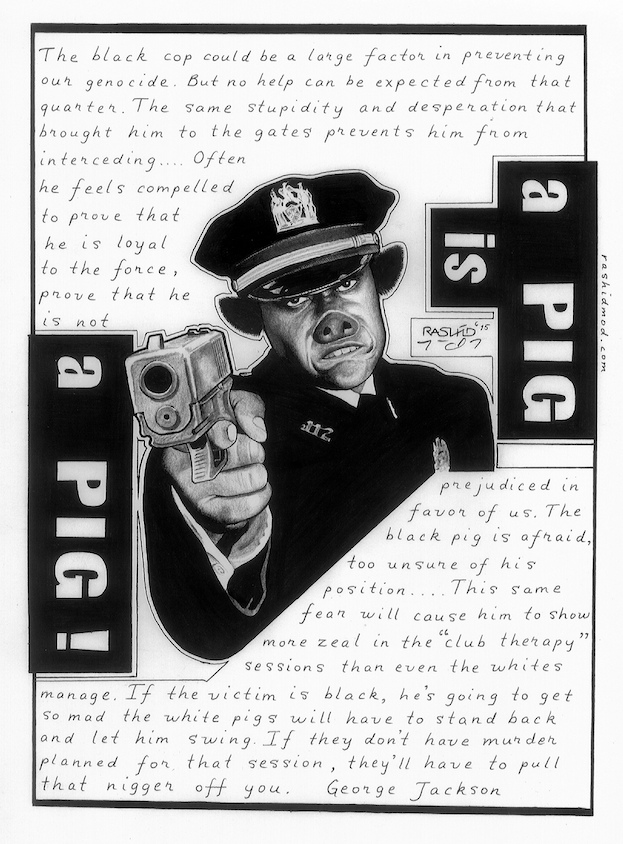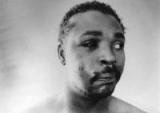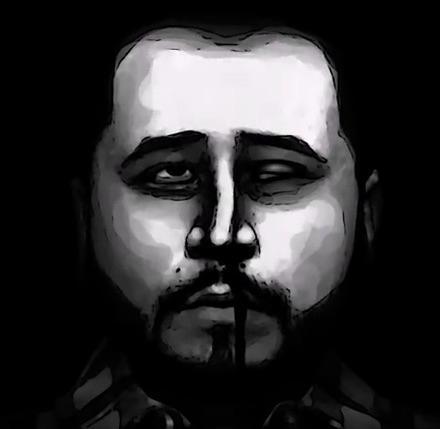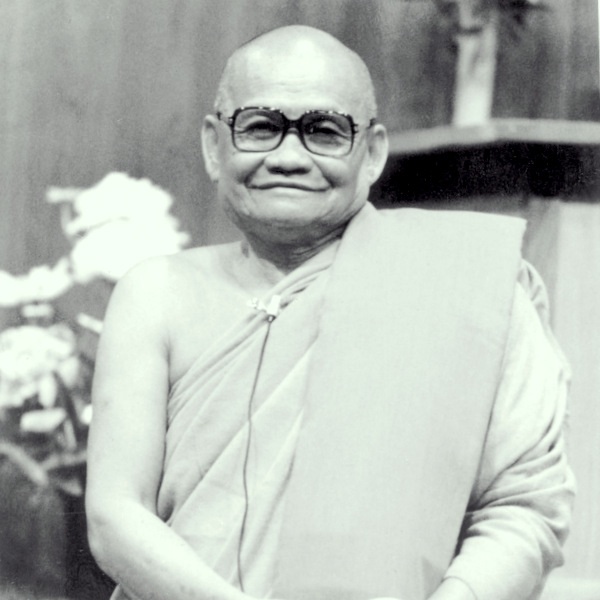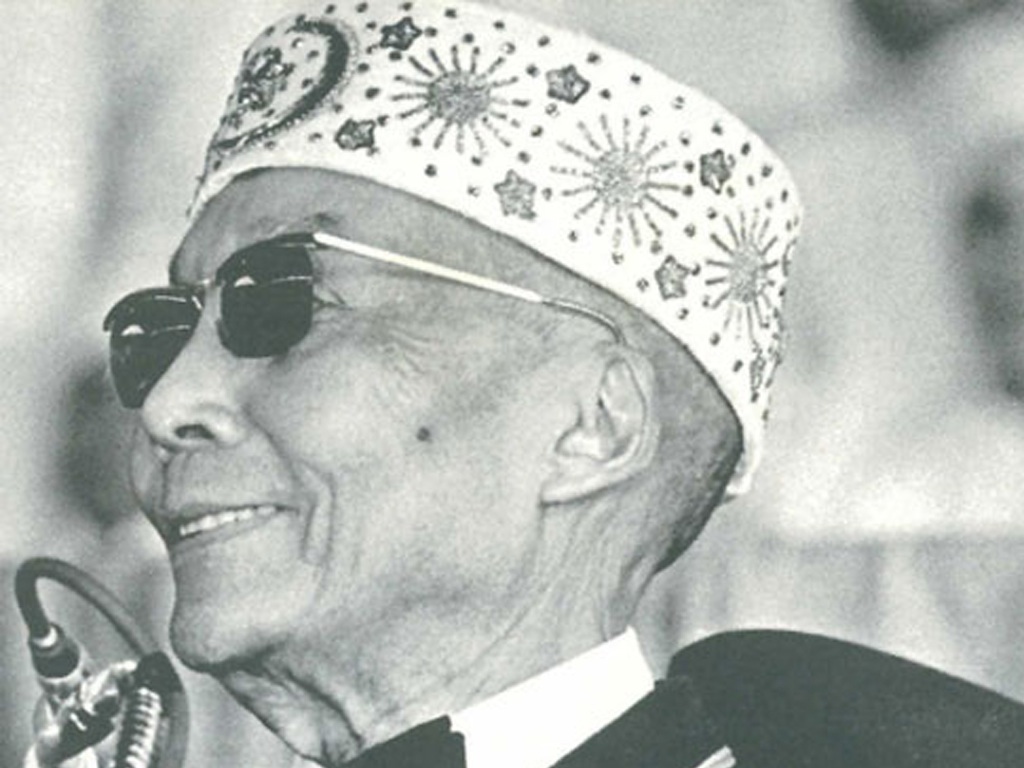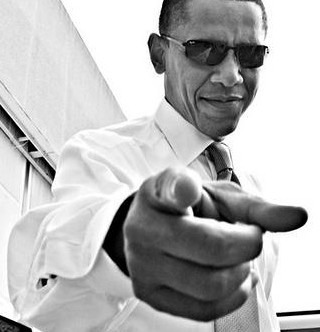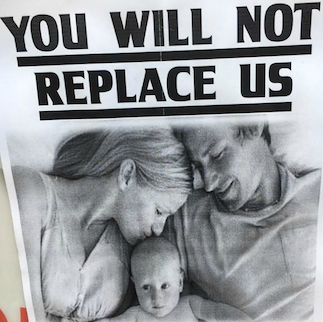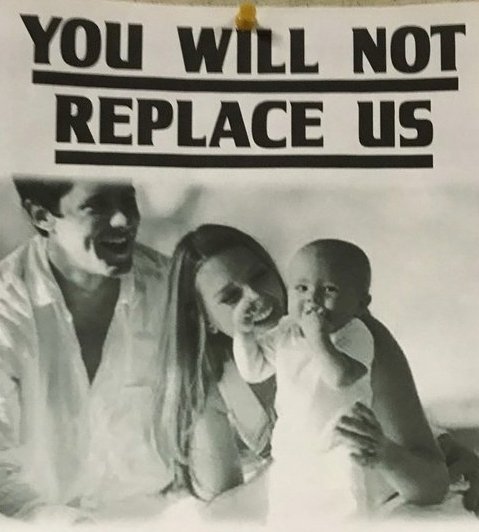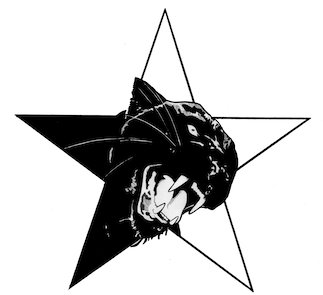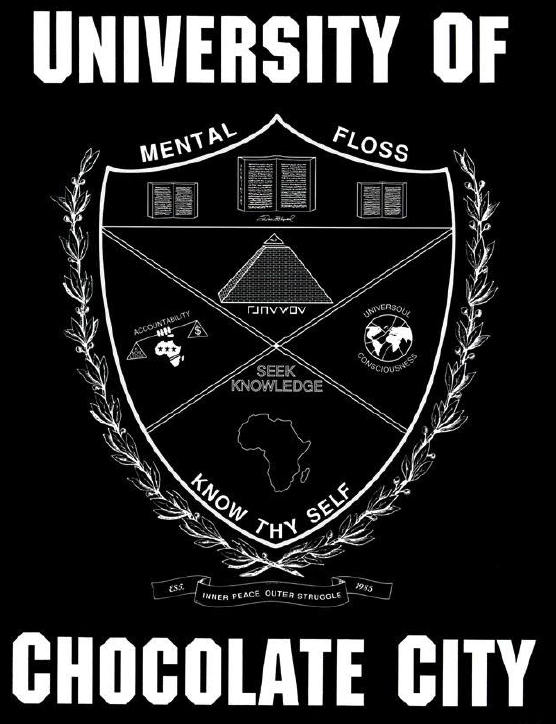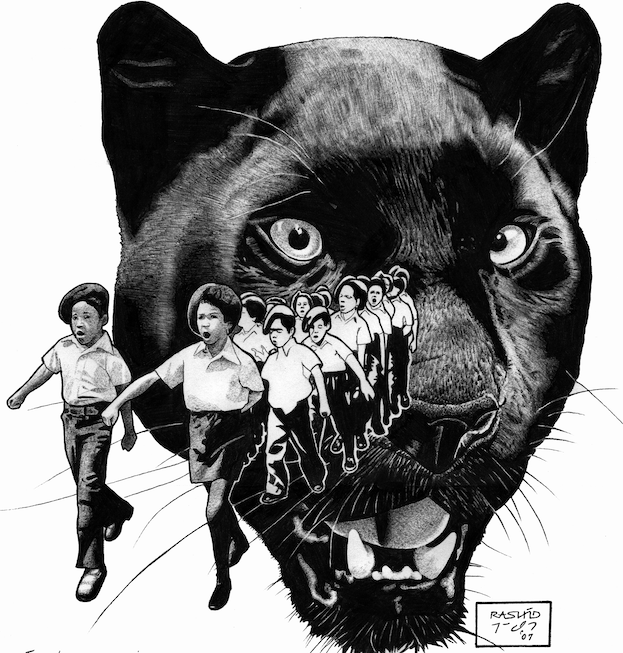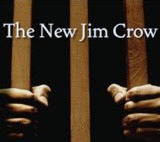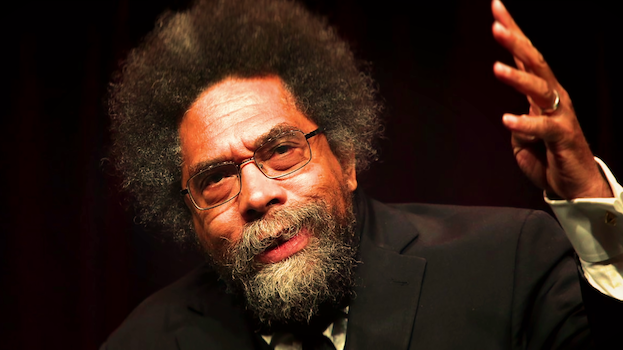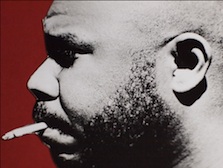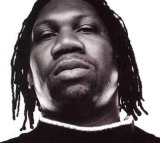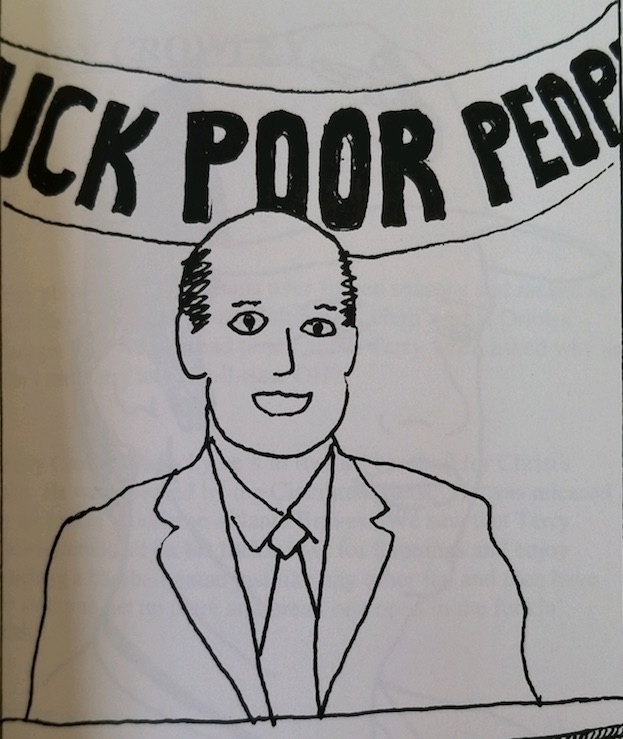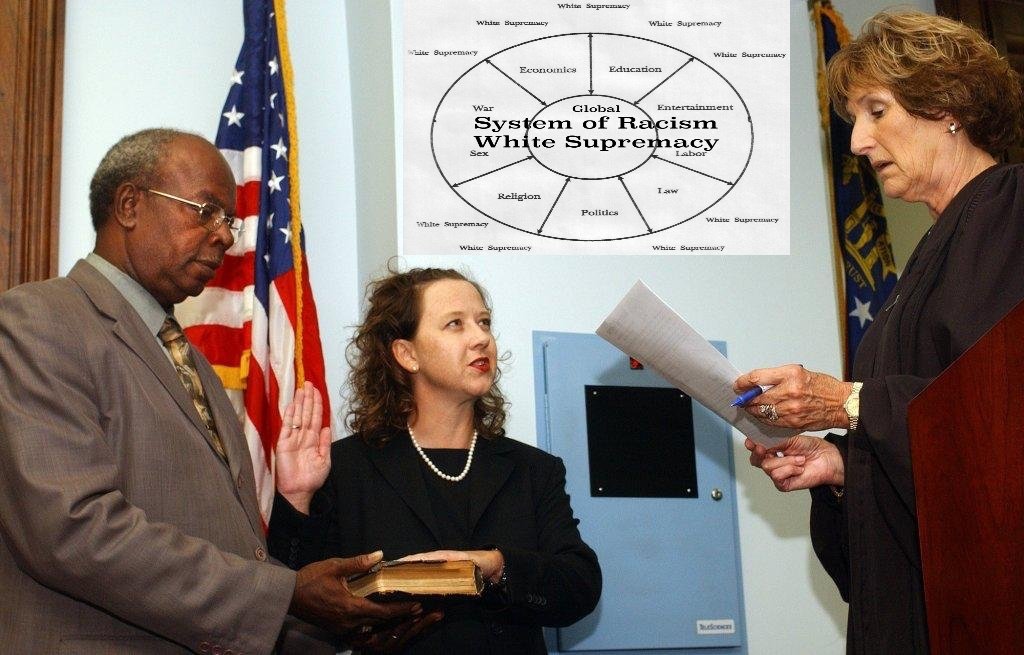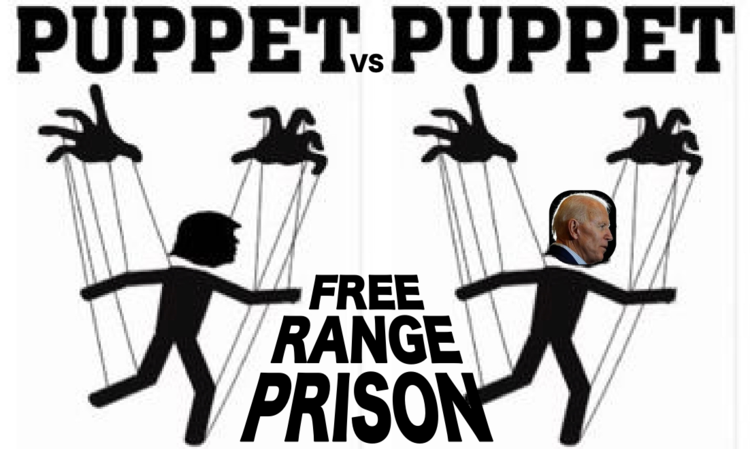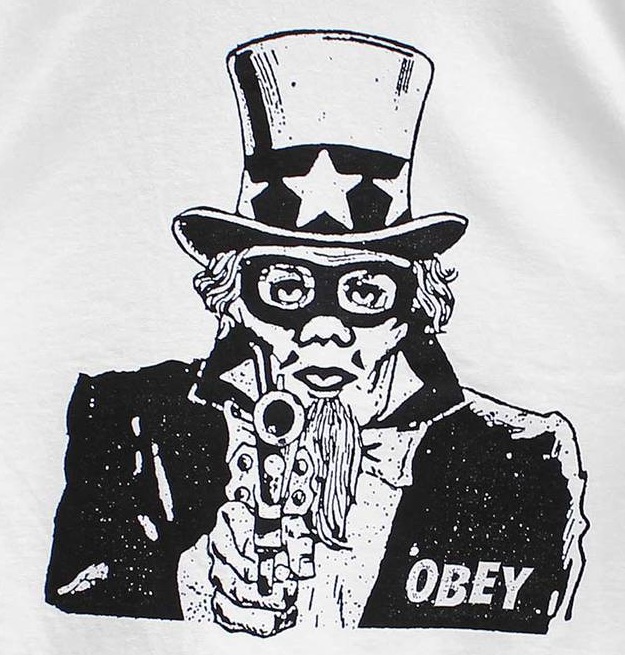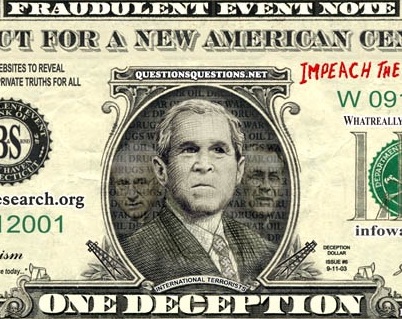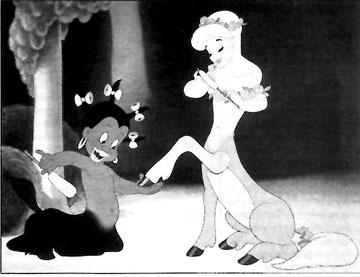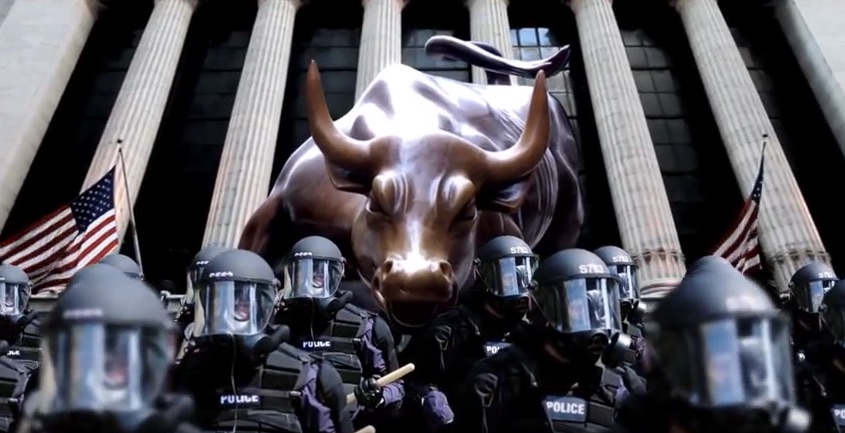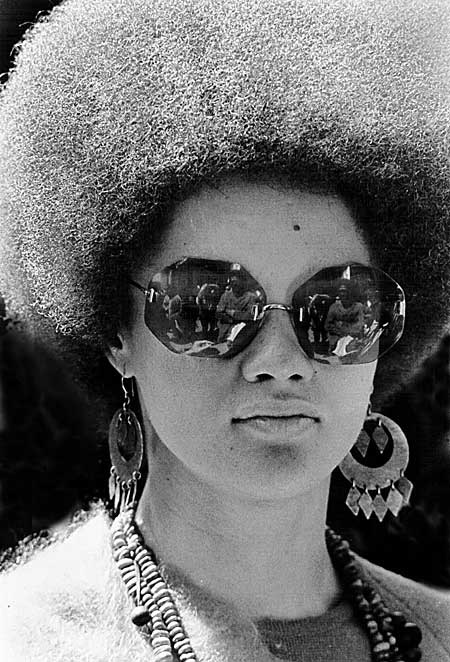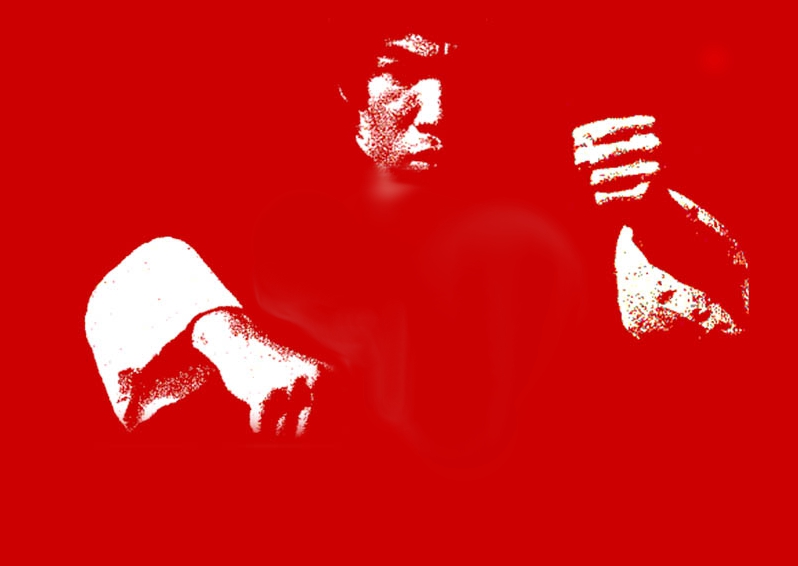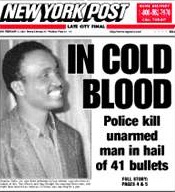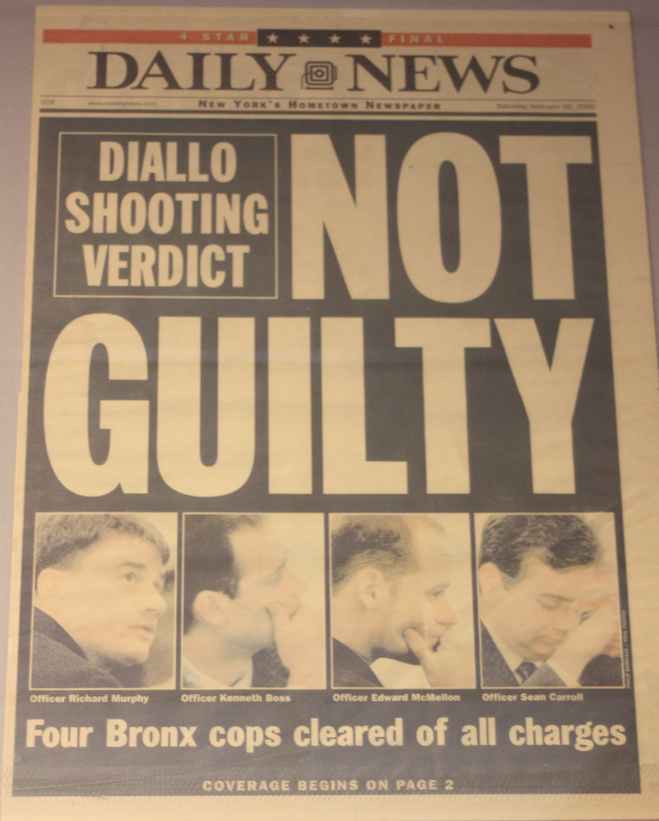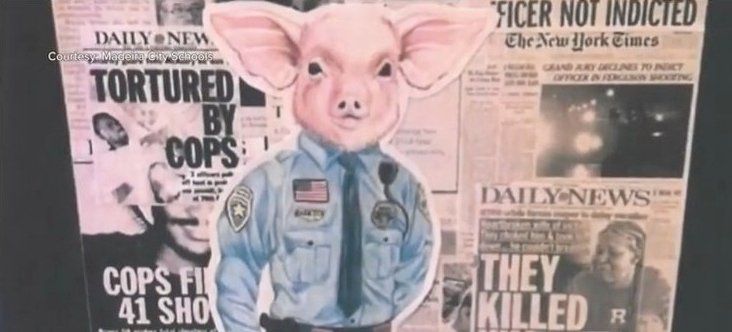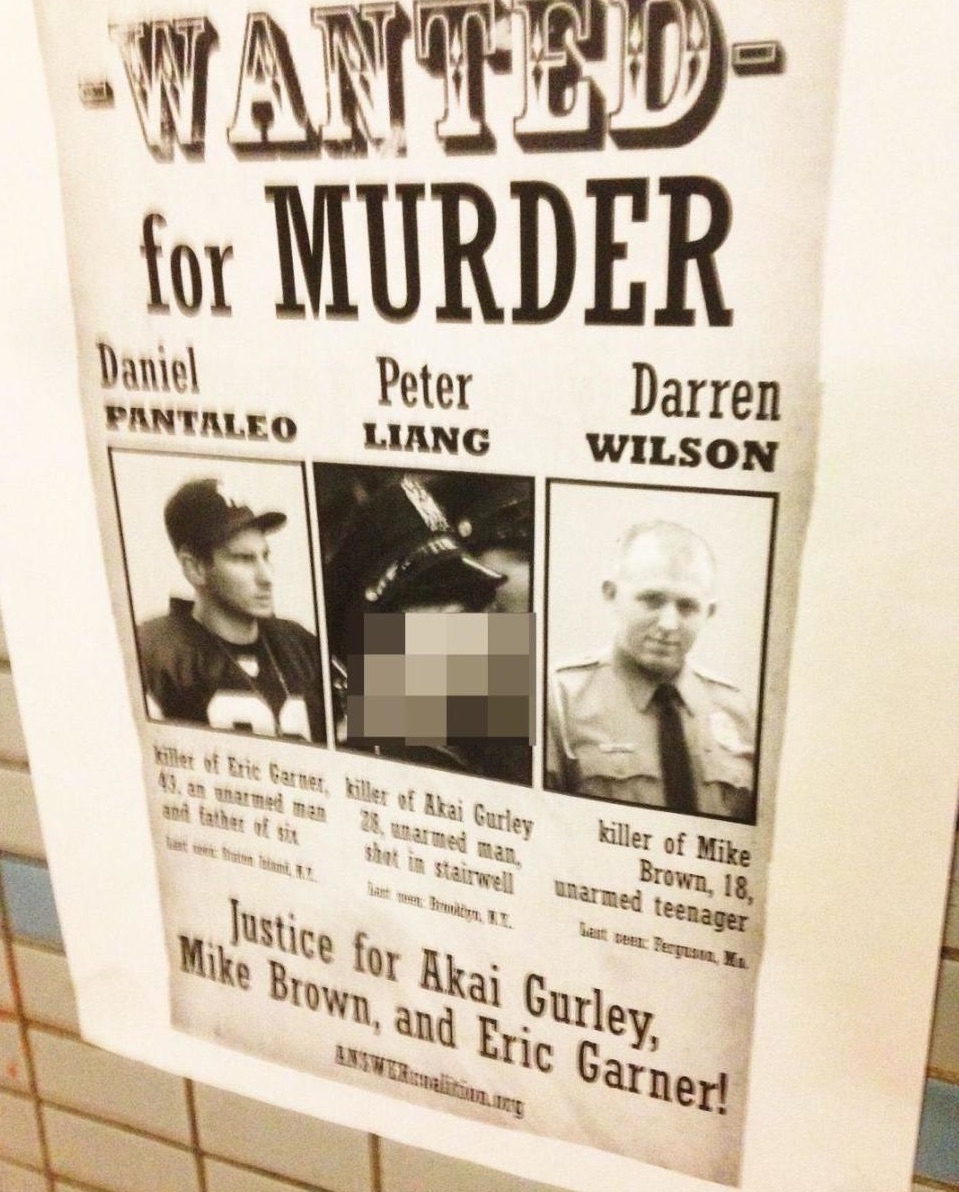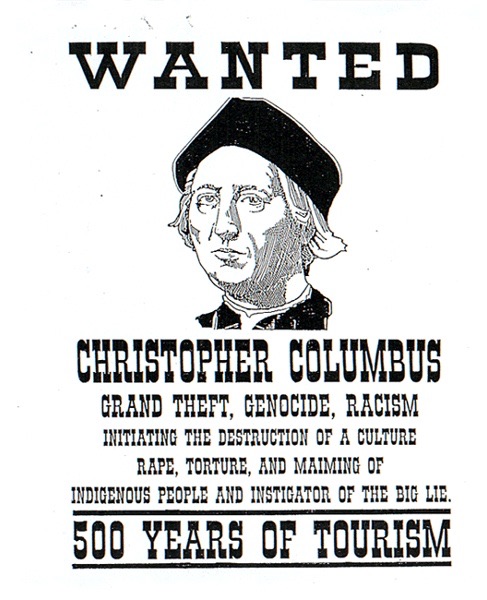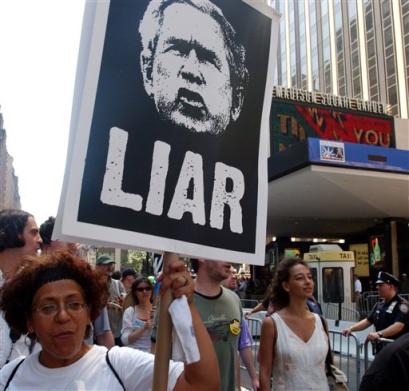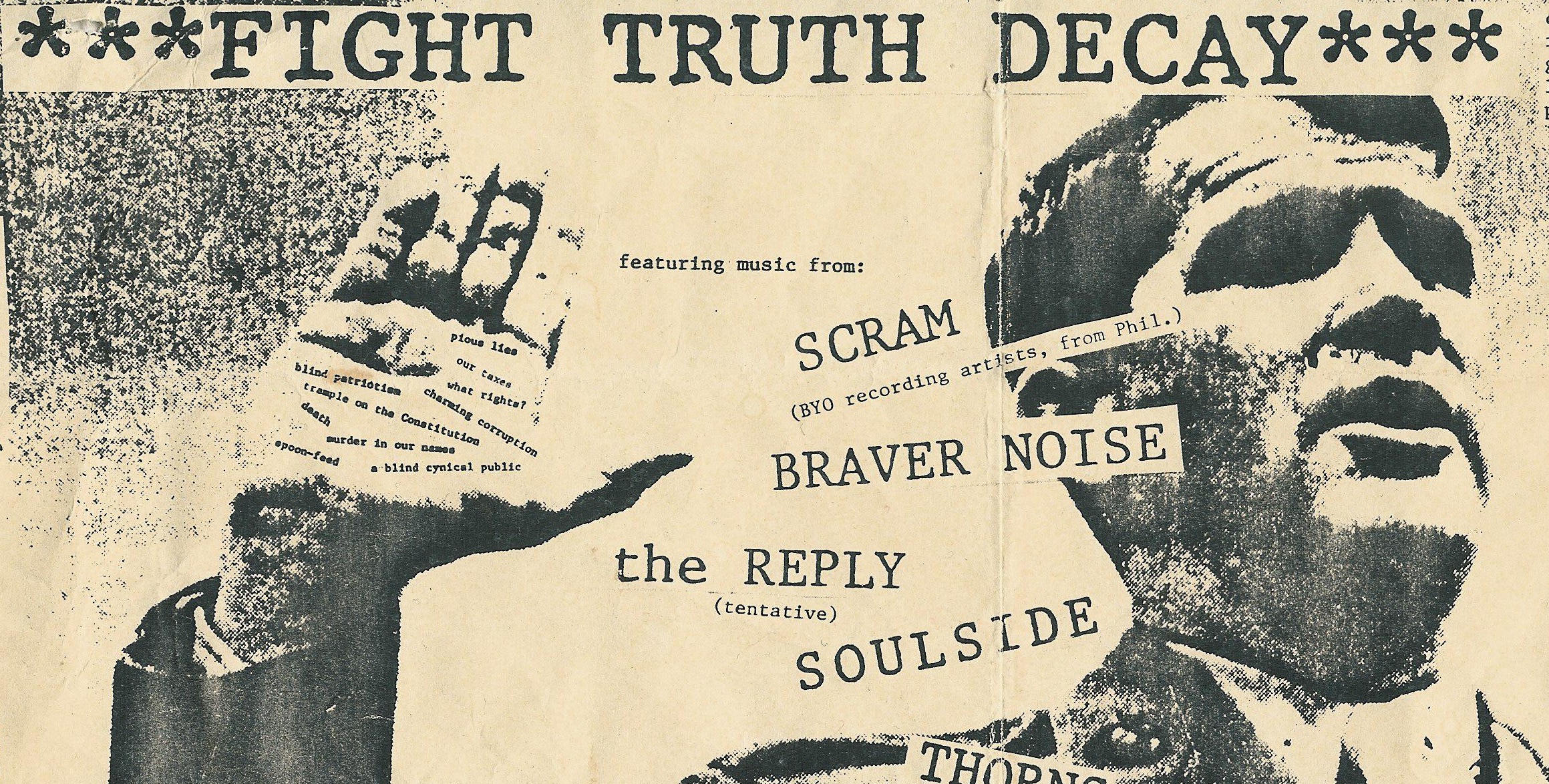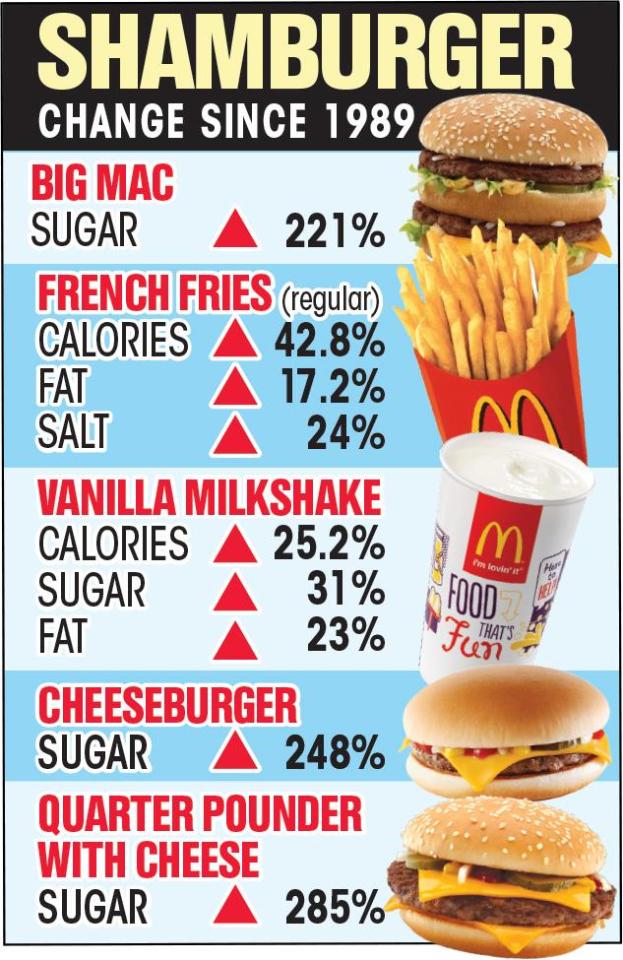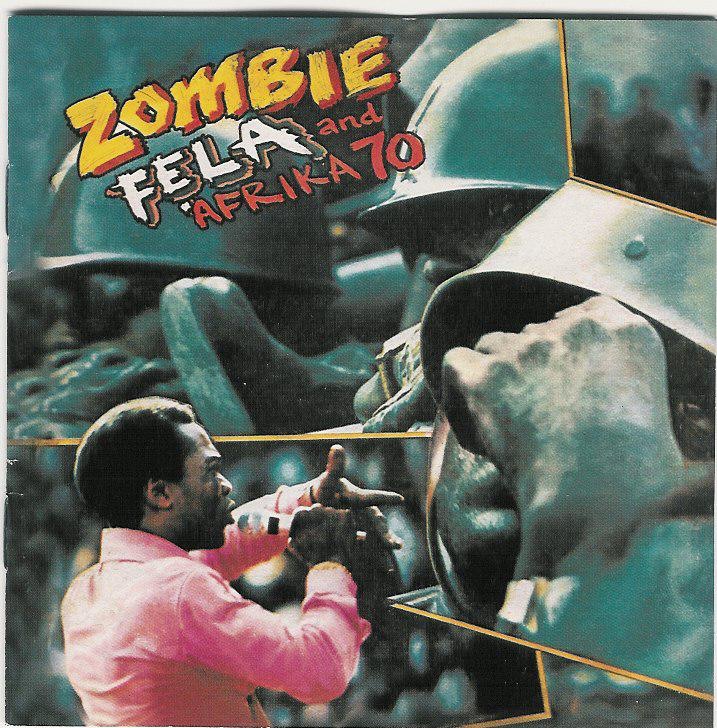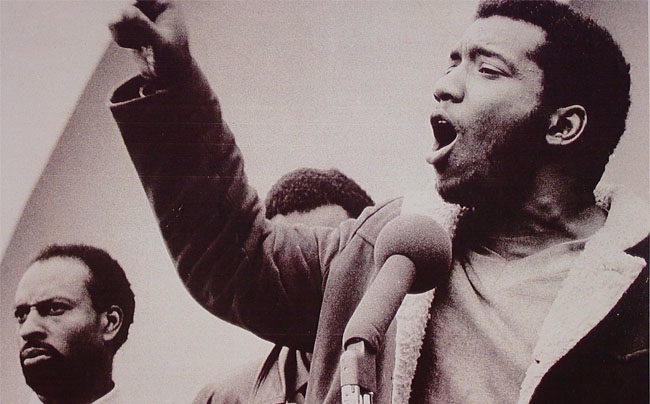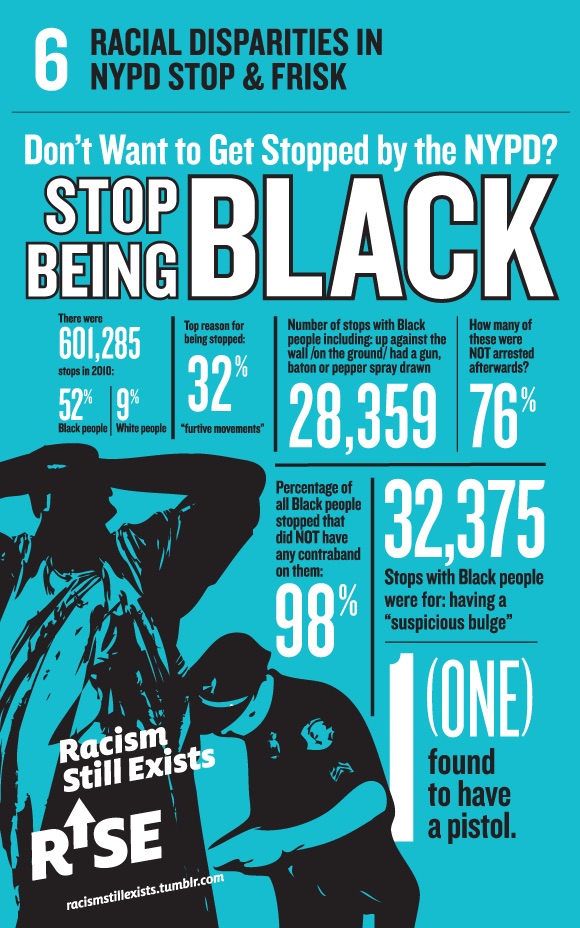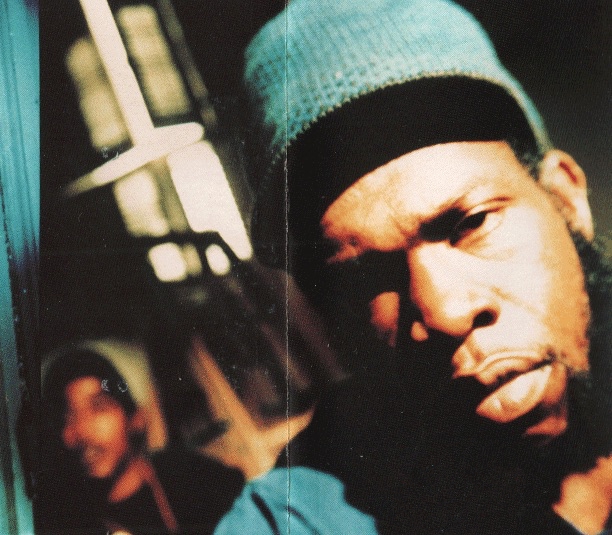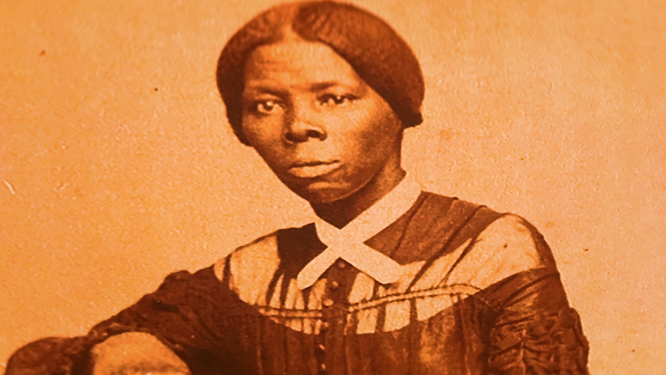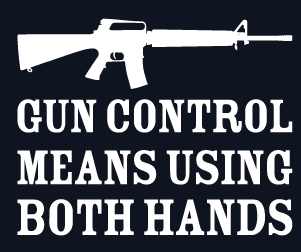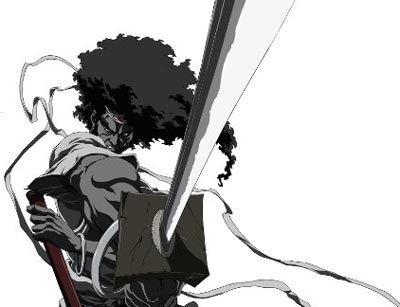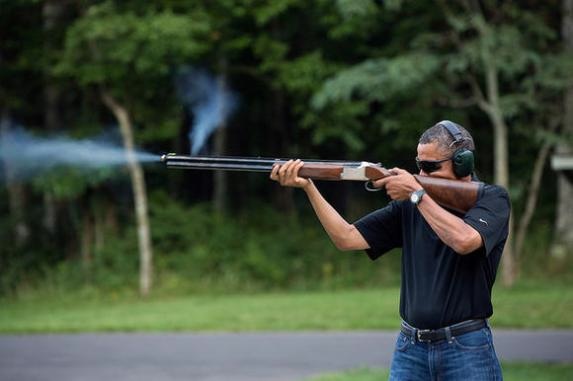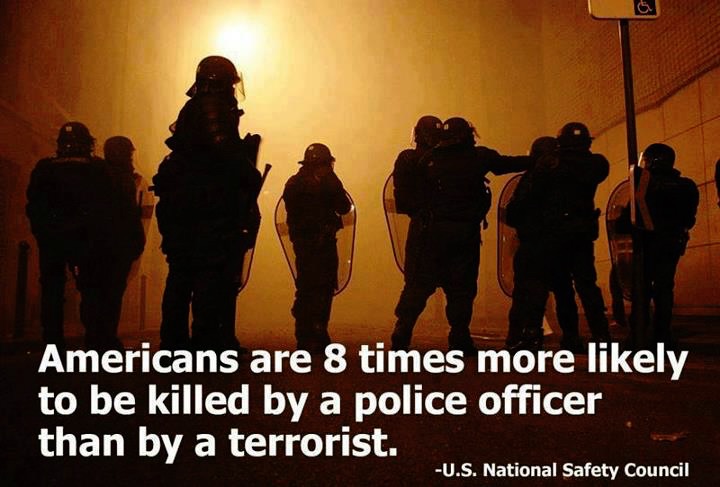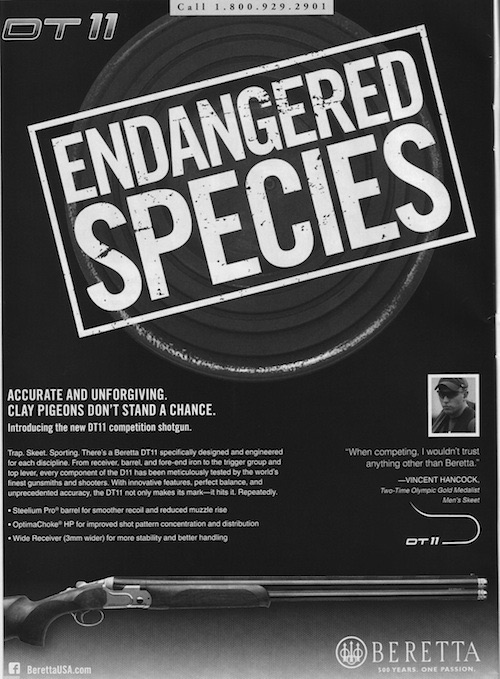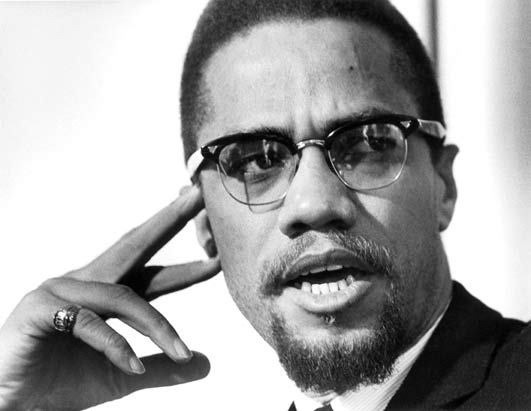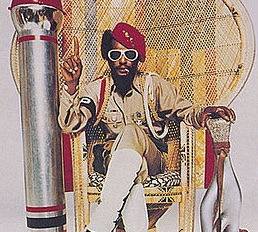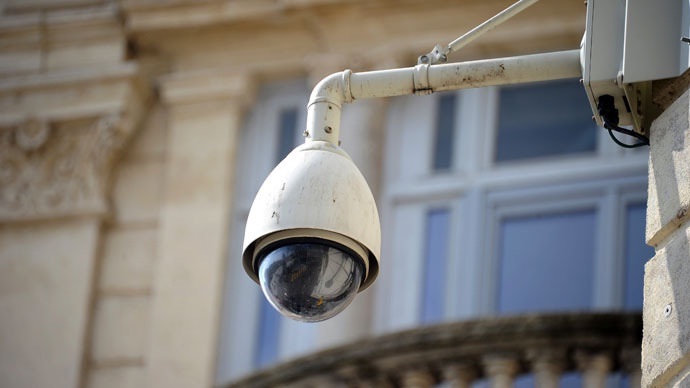Why Did a White Cop Run a Warrants Check on a Black Teen Passenger After a Faulty Headlight Stop & Then Shoot Him as he Fled? Trial is Set but Judge says Memphis Can’t be Held Accountable
/From [HERE] and [HERE] U.S. District Judge Samuel Mays Jr. has denied a motion from the family of Darrius Stewart to delay the civil trial against the former Memphis police officer who shot him while they try again to have the city included as a defendant in the case.
Mays ruled last week that the city of Memphis was not responsible in Stewart's July 2015 killing, removing the city as a defendant in the case, which is scheduled to go to trial Feb. 25. Stewart was shot by former Memphis police officer Connor Schilling.
Stewart's family has filed an appeal in the ruling that exonerates the city and asked Mays to delay the civil trial against Schilling until there is a ruling on their appeal.
Carlos Moore, an attorney representing the family, said if the appeal is successful, the delay would allow them to have only one trial.
However, Mays noted in his order that there is a federal policy against piecemeal appeals.
The suit alleged “the City of Memphis has a history of its police officers shooting unarmed black men who are attempting to flee.”
According to court filings, on July 17, 2015, Darrius Stewart was a passenger in a vehicle stopped by Officer Schilling. The alleged basis for the stop was a faulty headlight. Each of the occupants of the vehicle complied with Officer Schilling’s instructions and answered his questions truthfully. None of the occupants of the vehicle had used alcohol or drugs on that date.
For unknown reasons, Officer Schilling indicated that he was going to run a computer query regarding whether or not any of the occupants had outstanding warrants. The Memphis Police Department has a practice of checking on young black males more often for warrants than it does for older white males.
Officer Schilling allegedly received information that indicated that Stewart might have outstanding warrants, although Plaintiffs dispute the validity of the warrants and allege that he was innocent of any charges purportedly made against him while he was a minor. (Id. at ¶¶ 15- 17.) Stewart had been stopped previously by the Memphis Police Department but had never been advised of outstanding warrants.
Officer Schilling began being “rough” with Stewart before Officer Schilling knew of the warrants, and he asked Stewart to exit the vehicle. Stewart fully complied with the directions of Officer Schilling and exited the vehicle and allowed himself to be “patted down” to satisfy Officer Schilling that he was not armed and did not pose a threat. Officer Schilling then placed Stewart in the caged backseat of the police car, without being handcuffed and without being placed under arrest.
Officer Schilling issued a citation to the driver of the vehicle and allowed that vehicle to leave the scene. (Id. at ¶ 26.) Before allowing the vehicle to leave, Officer Schilling had not received any radio transmissions regarding any law enforcement entity’s intent to transport or detain Stewart.
Officer Shilling left his radio on after receiving a coded transmission that alerted him that he needed to receive radio transmission information outside the presence of Stewart. Stewart overheard the radio transmission that he was to be held on outstanding warrants.
Officer Schilling then decided to arrest Stewart and place him in handcuffs. After Officer Schilling opened the door to the back of the police car, Stewart tried to flee, and Officer Schilling began assaulting him.
Schilling claimed that after running out of the patrol car, Darrius bit him, twisted his genitals, got on top of him, punched him, struck him with his own handcuffs, and tried to grab his gun.
Ernestine Parrot testified that she saw the struggle and that Stewart was never on top of Schilling. Although Parrot did not see the entire struggle, she did see the relevant portion: the few minutes leading up to the first shot. Schilling testified that Stewart was on top of him towards the end of the fight, just before Schilling shot Stewart. Schilling claimed that Stewart punched him. Two witnesses dispute that. Parrot testified that she “didn’t see Stewart, you know, fighting [Schilling] or hitting him or nothing like that.” William Rogers testified that he “didn’t see any punches” from Stewart.
Schilling’s argument that, based on photographic evidence, it is indisputable that Stewart hit him with handcuffs is not persuasive. Photographs taken the night of the shooting show little or no damage to Schilling’s head and face.
While Officer Schilling was on top of Stewart on the ground, Stewart loudly cried “I can’t breath” or “I can’t f**king breath.”
During the struggle, Officer Schilling shot Stewart once in the upper right chest; the first gunshot was not a fatal shot and was not the cause of the death of Stewart. Some period of time passed, and Officer Schilling shot Stewart again as Stewart stood up and was in the process of turning and fleeing away from the scene. The second shot was fatal. Stewart was unarmed when he attempted to flee and was killed by Officer Schilling.
Schilling claimed that he fired the shots no more than two seconds apart. However, witness testimony suggests it was longer than that. Rogers testified that the shots were fired between fifteen and twenty seconds apart. Parrot, who says she was standing near Stewart and Schilling as they struggled, testified that, after the first gunshot, she “ran to [her] car, jumped in [her] car, took off down the street and made a right turn . . . and [then] heard another shot.” That would take longer than two seconds.
Shelby County District Attorney General Amy Weirich recommend a voluntary manslaughter charge, but a grand jury opted not to indict Schilling.
Schilling has retired from the Memphis Police Department, citing post traumatic stress disorder brought on by Stewart's shooting.
The civil suit against Schilling is expected to begin at the end of February.
